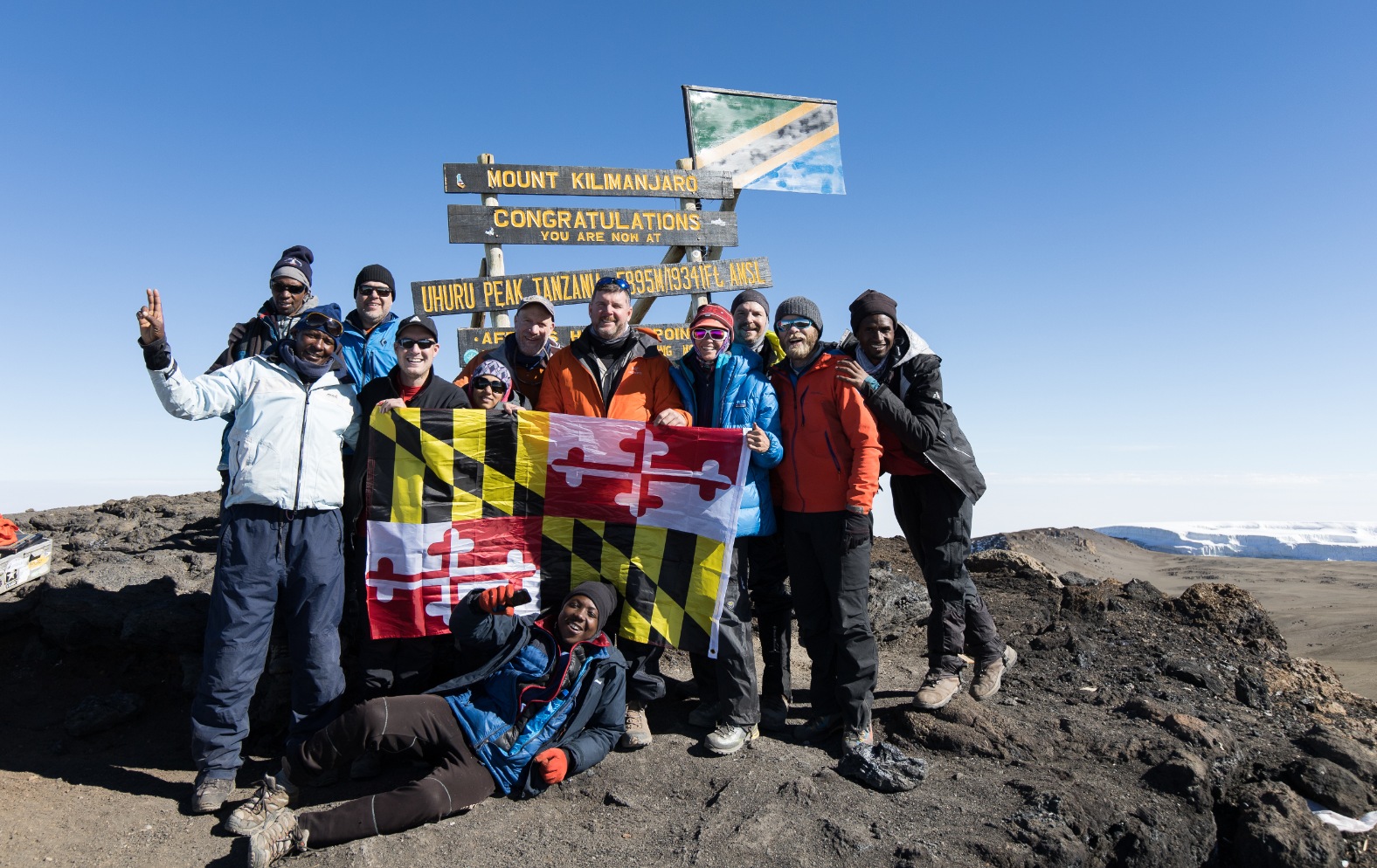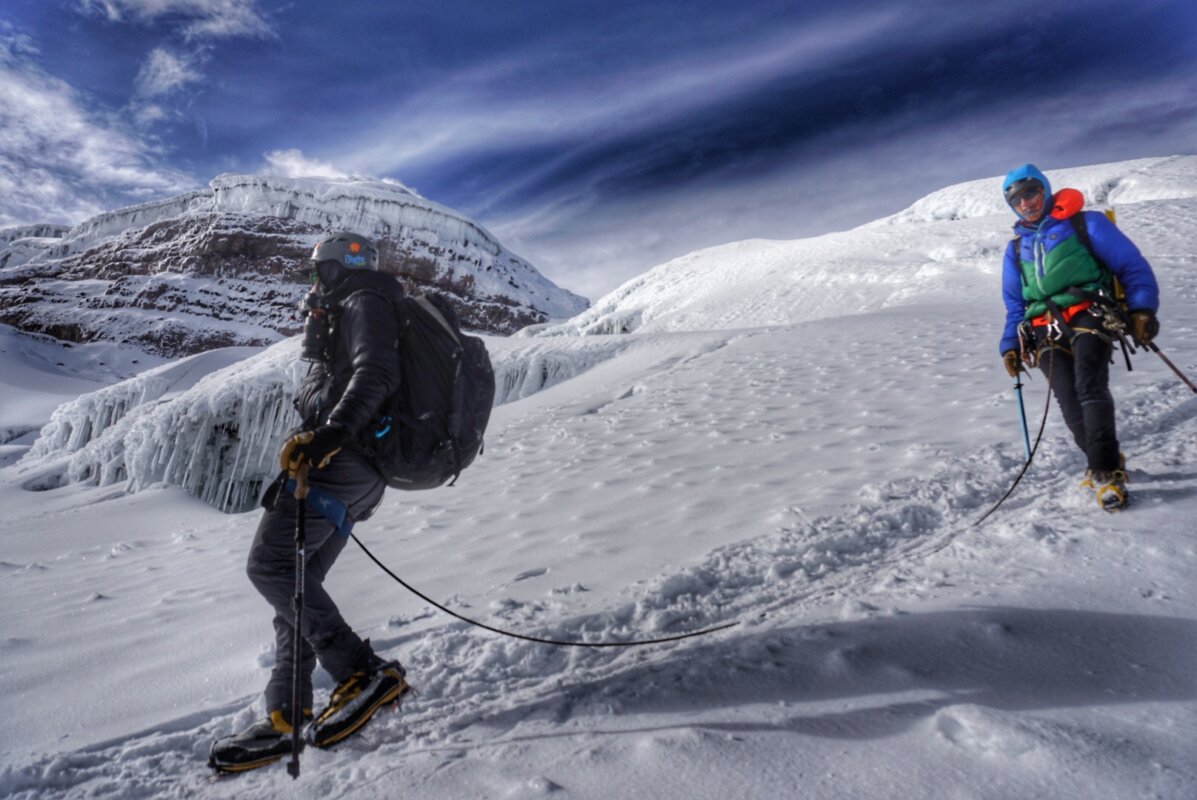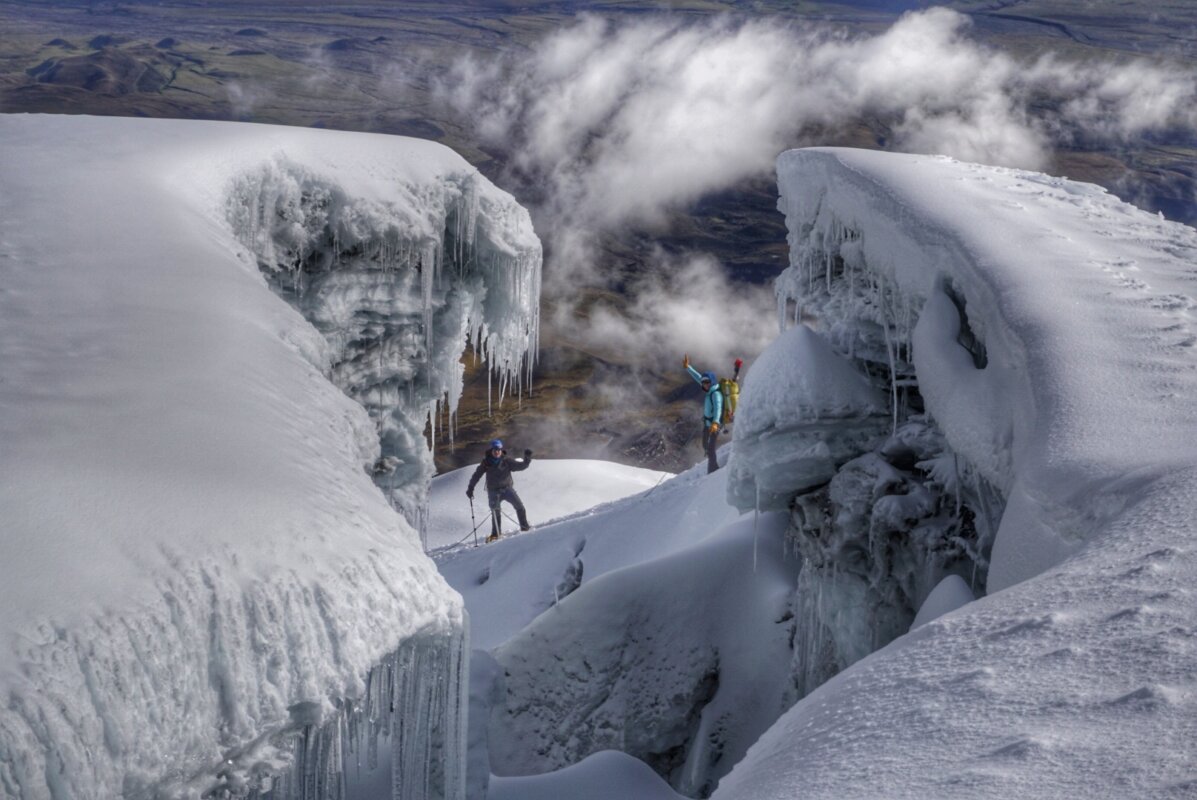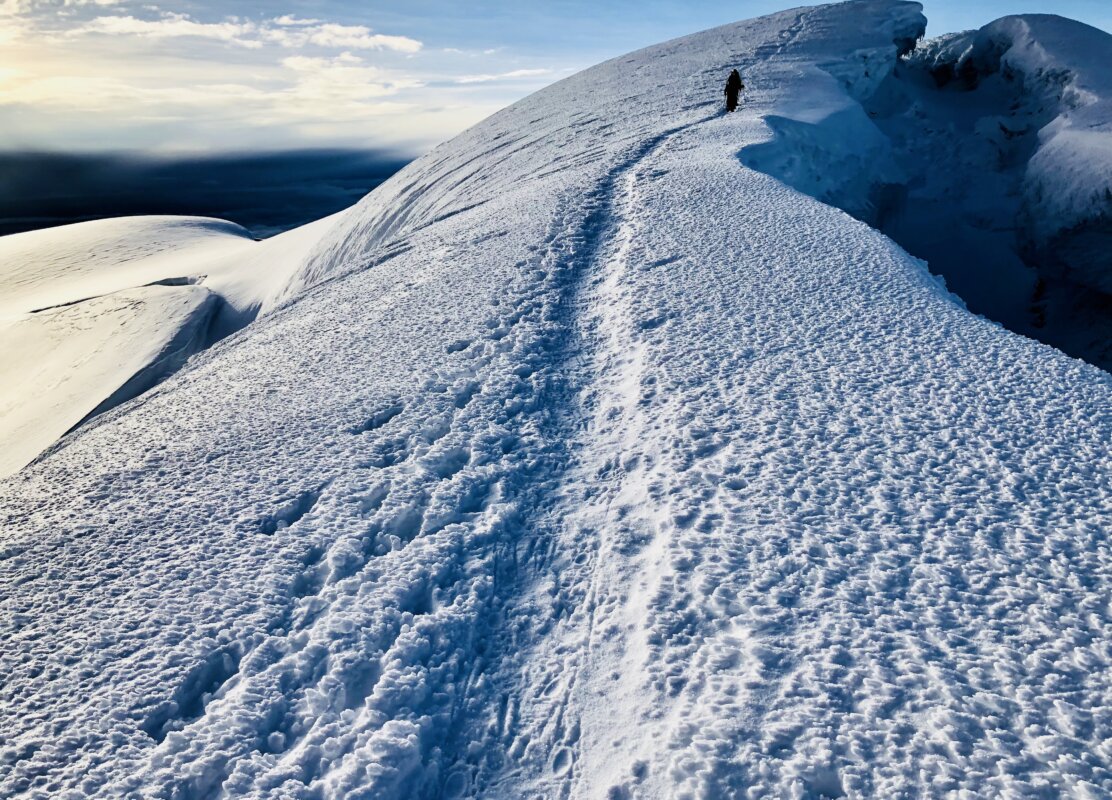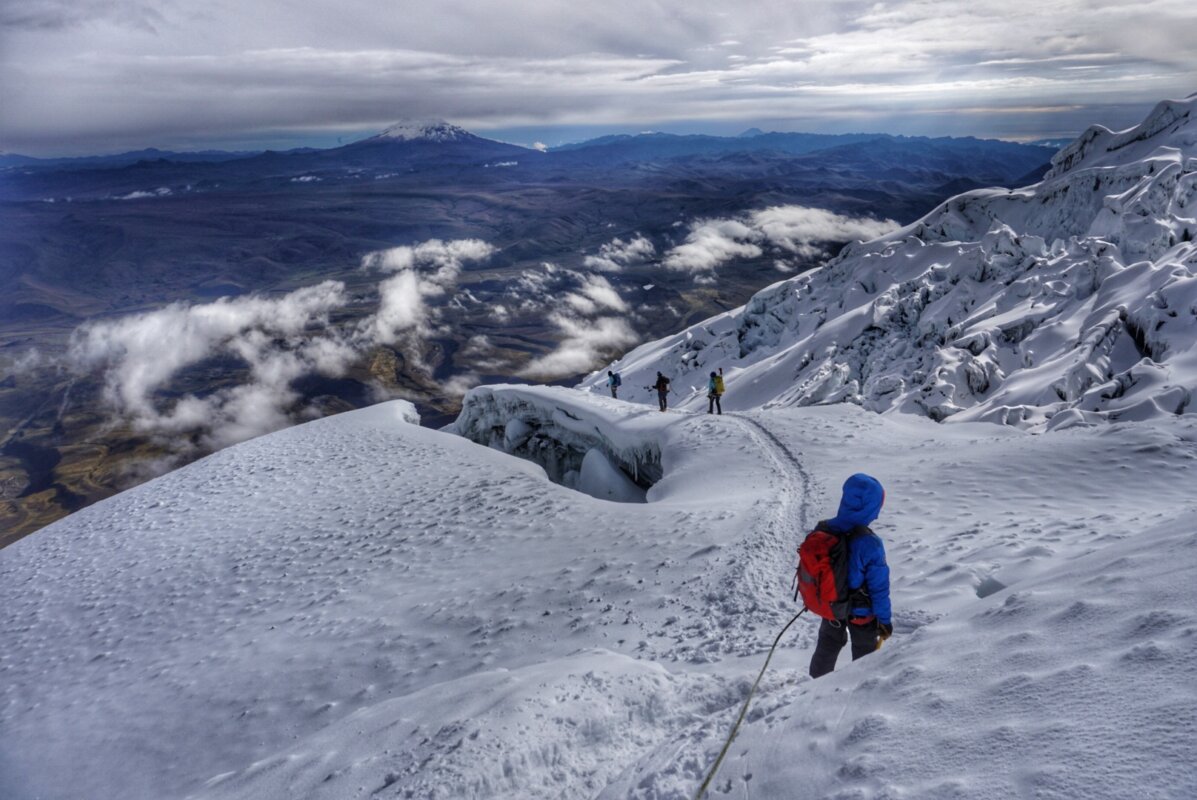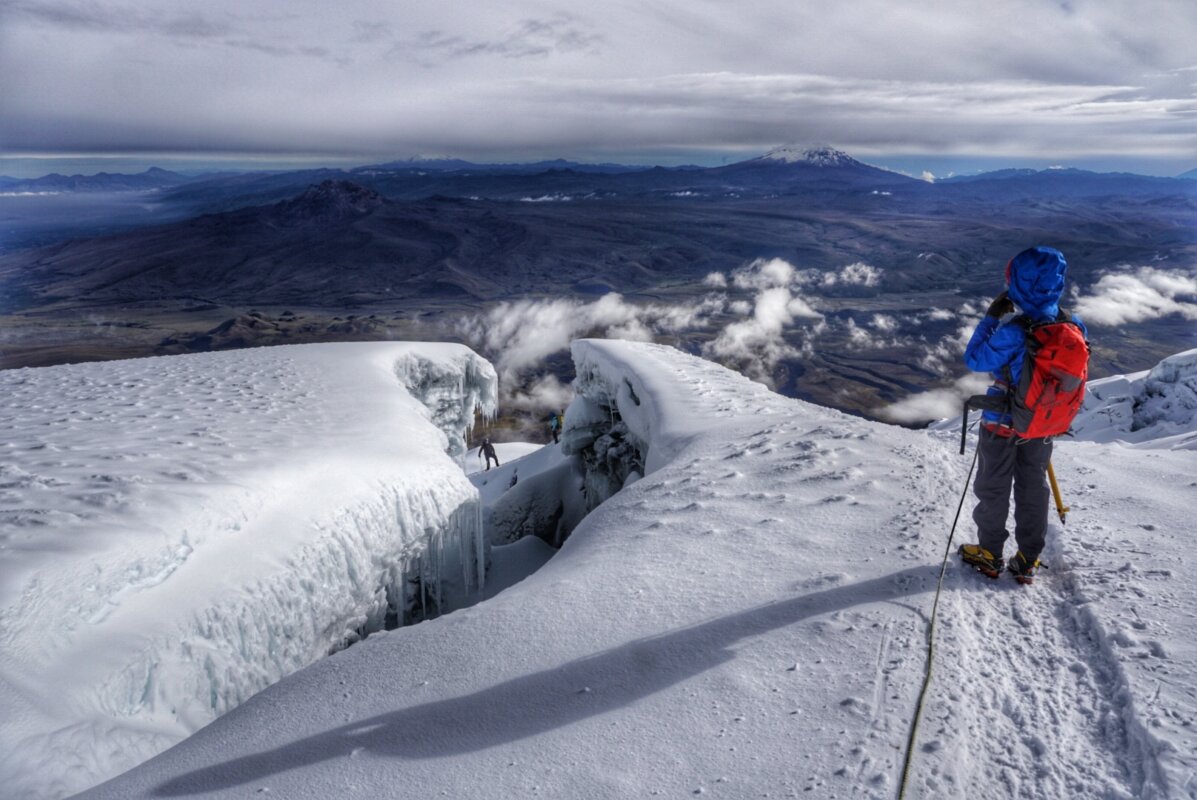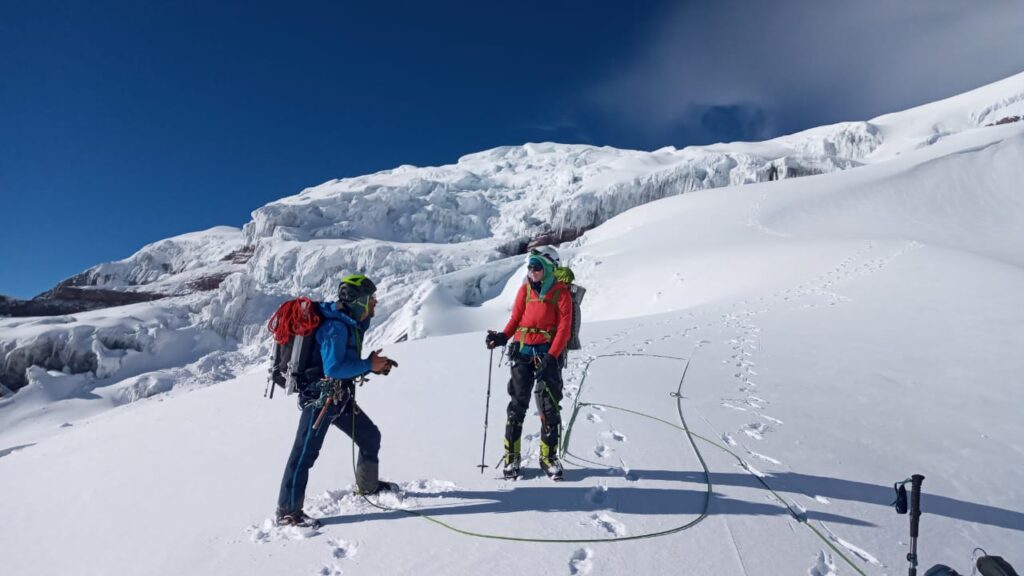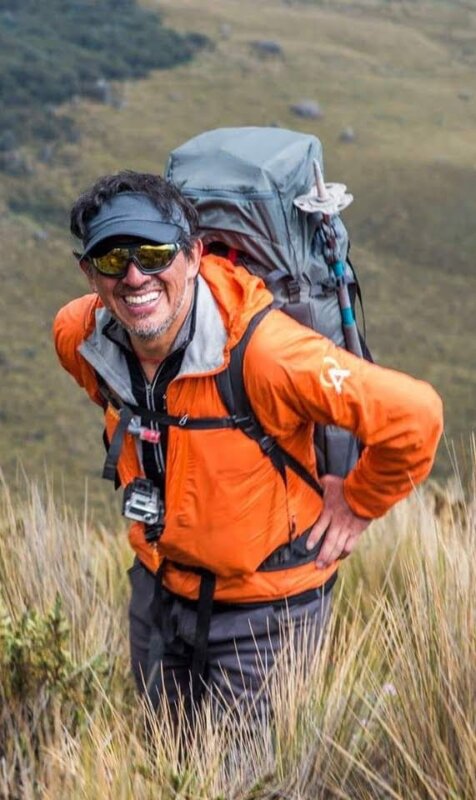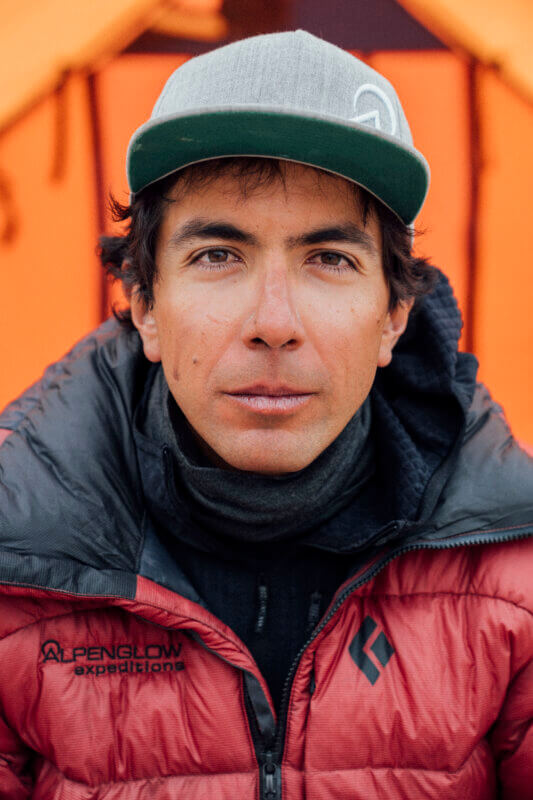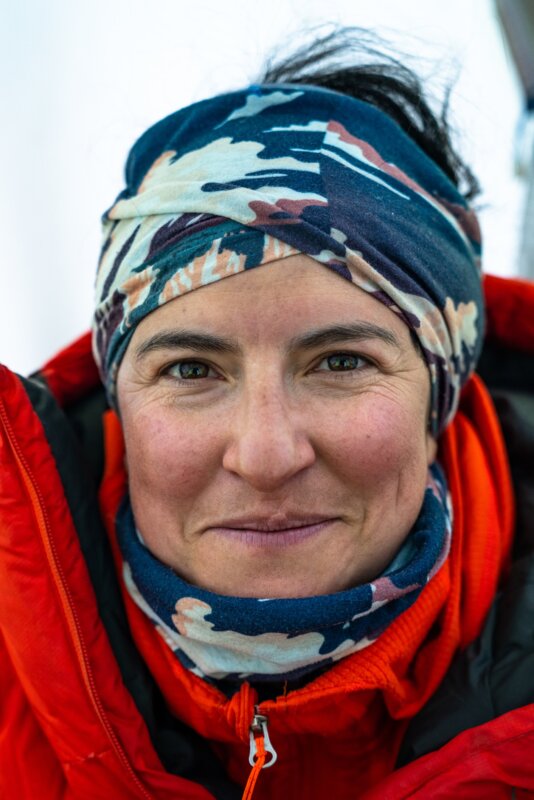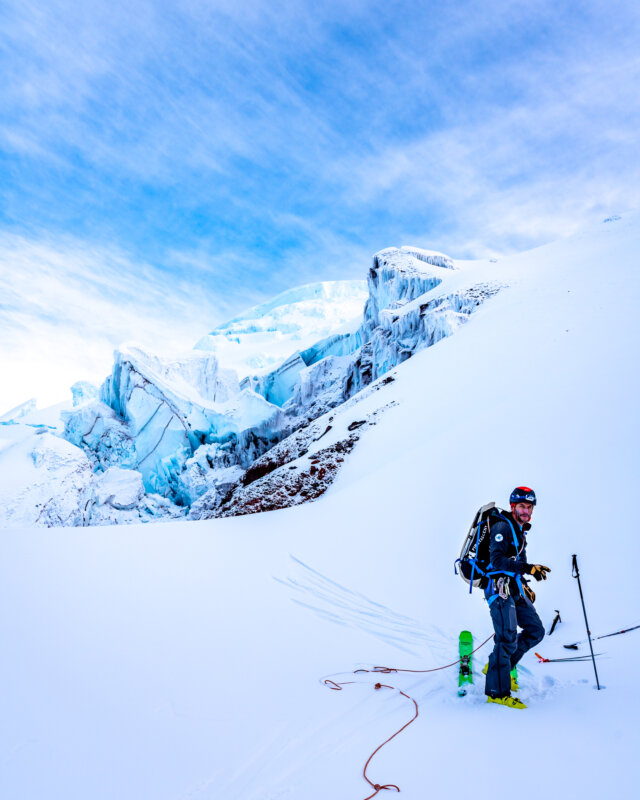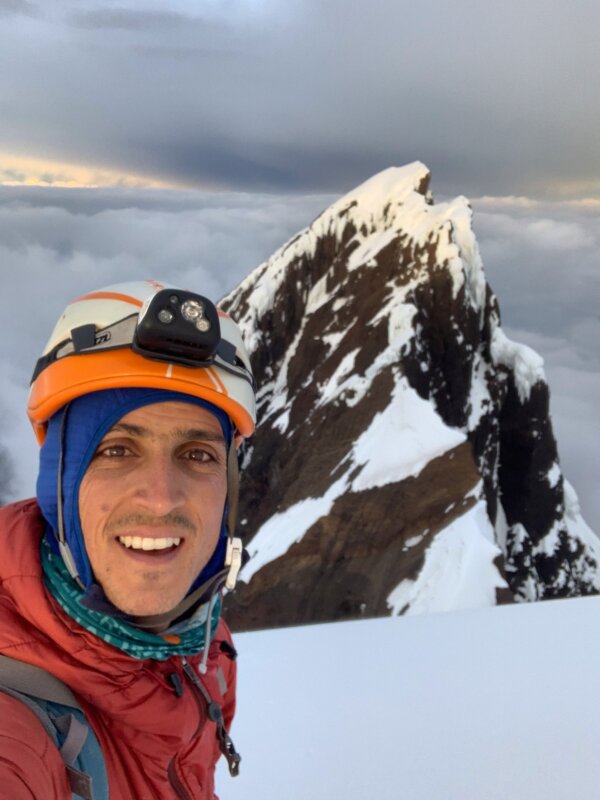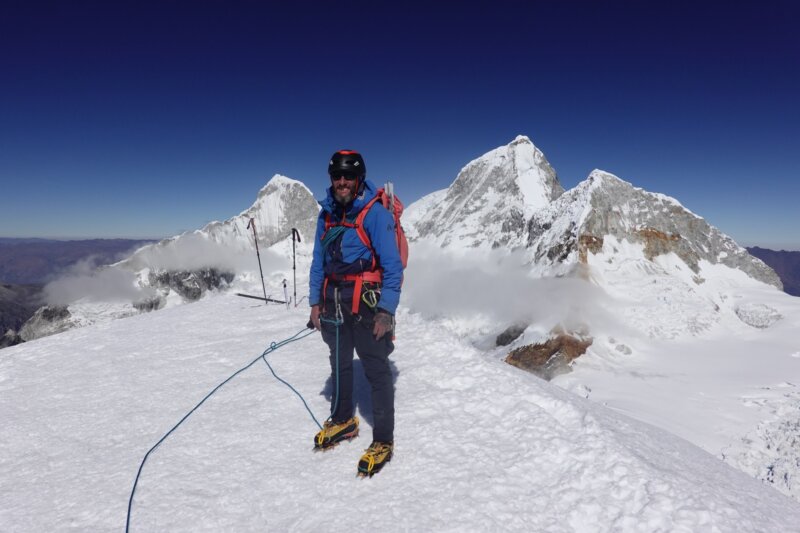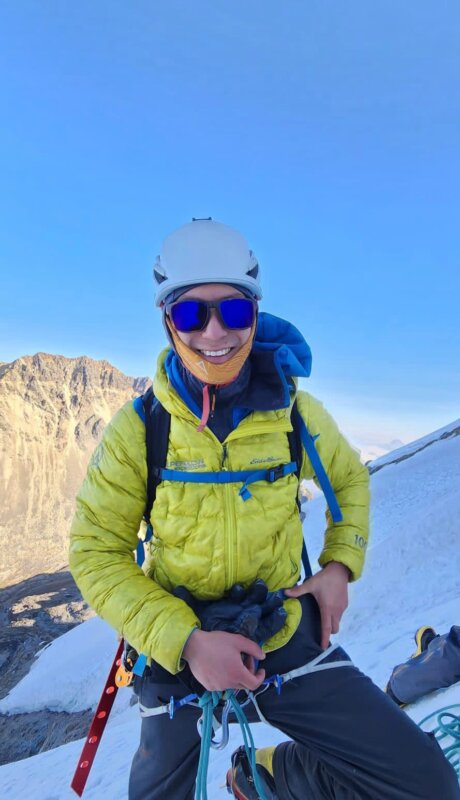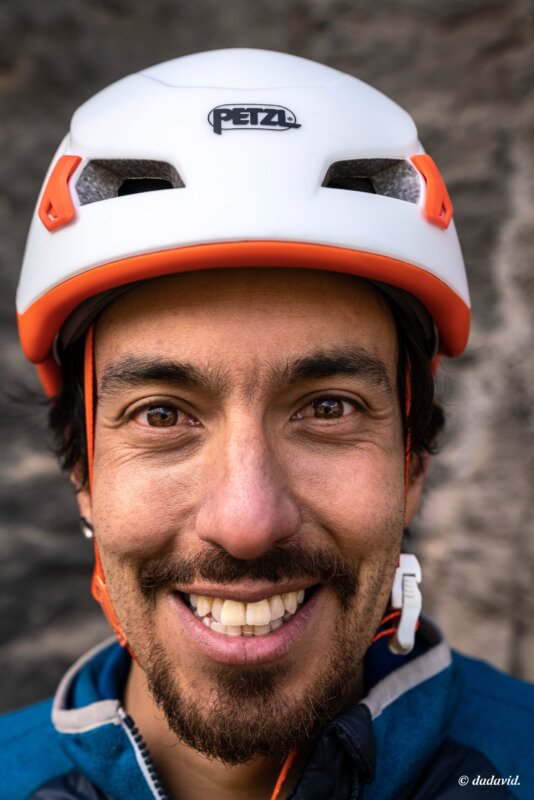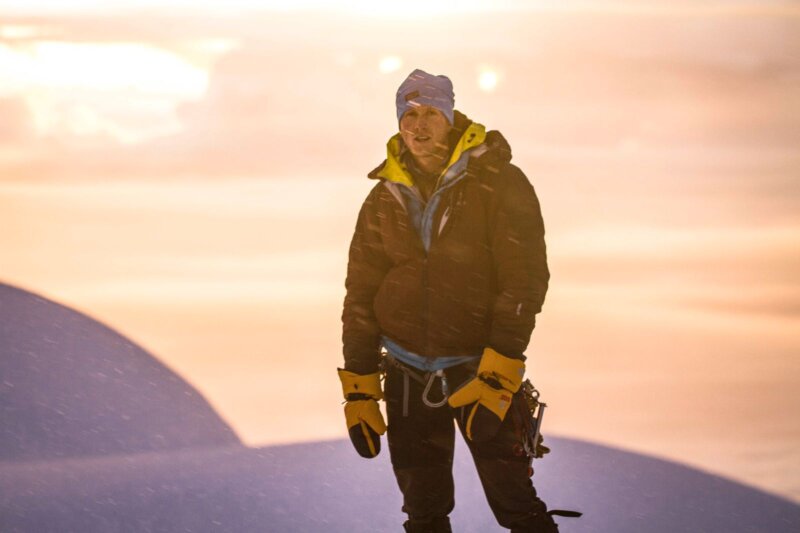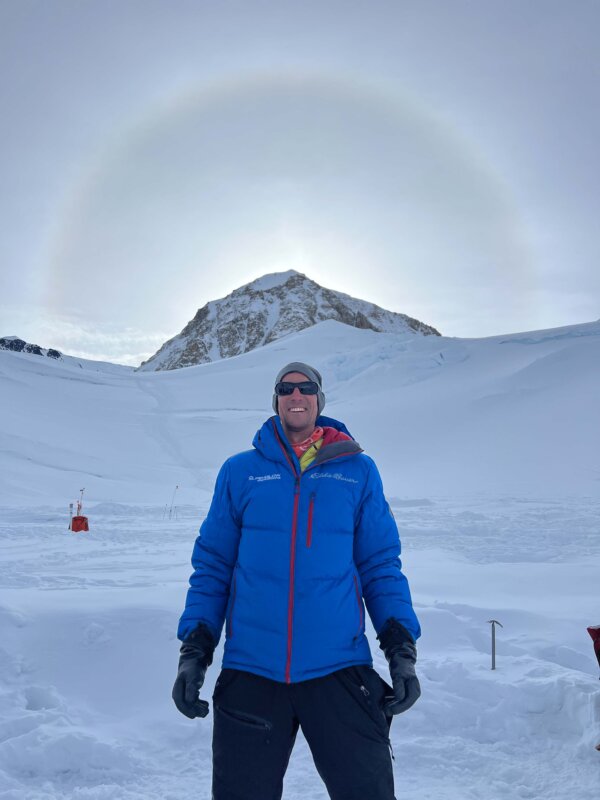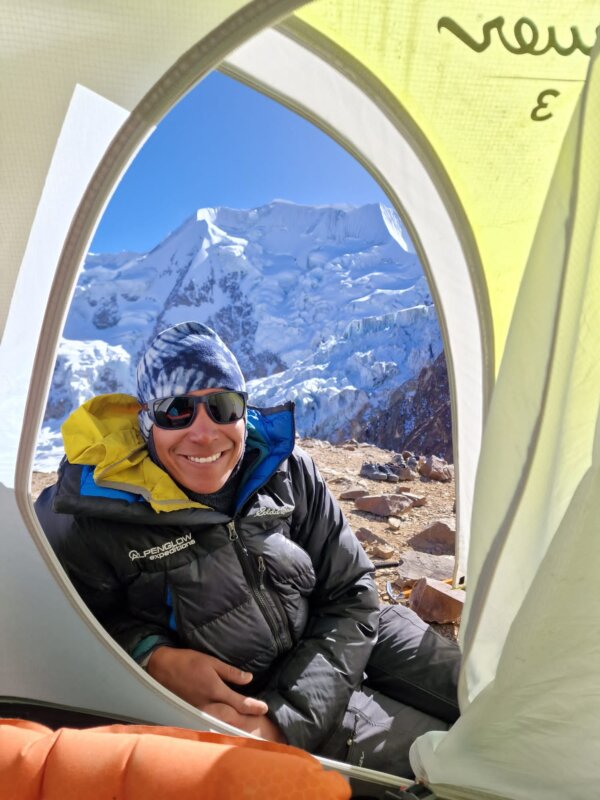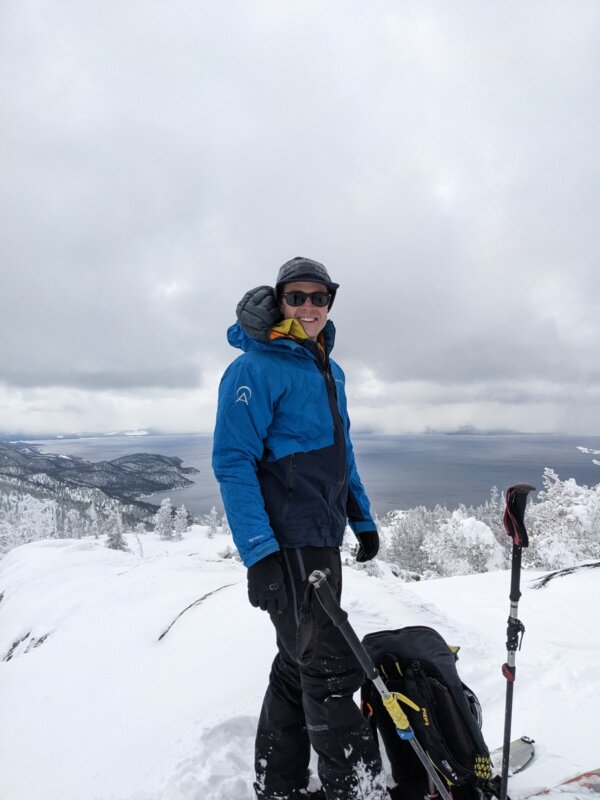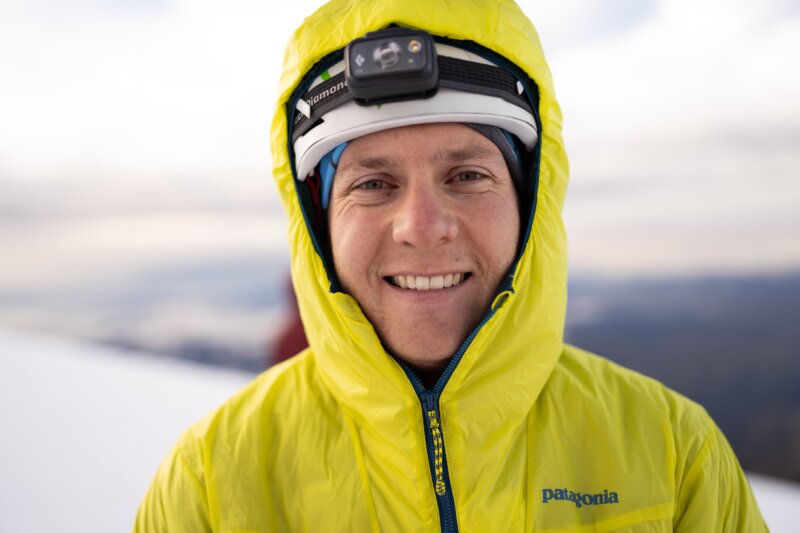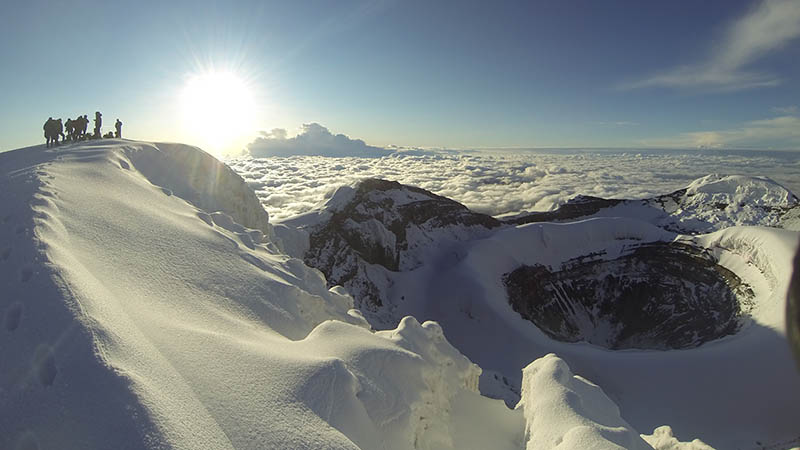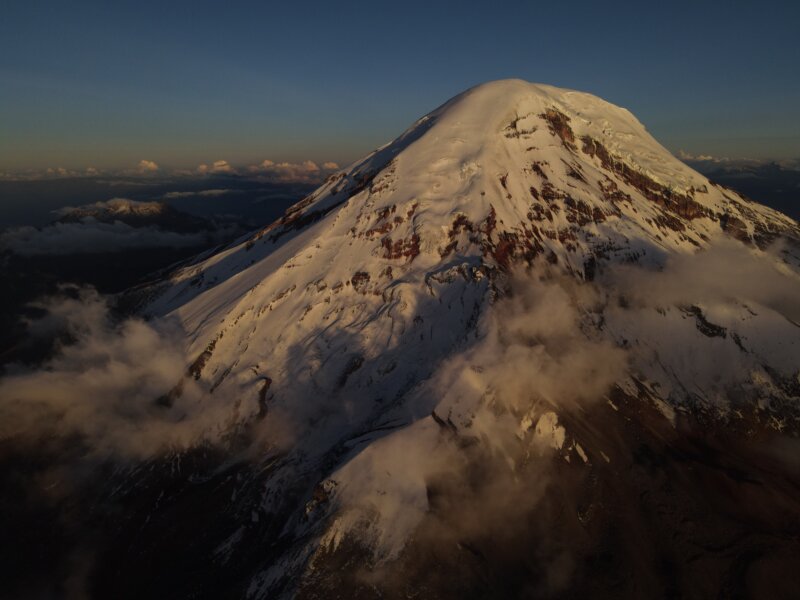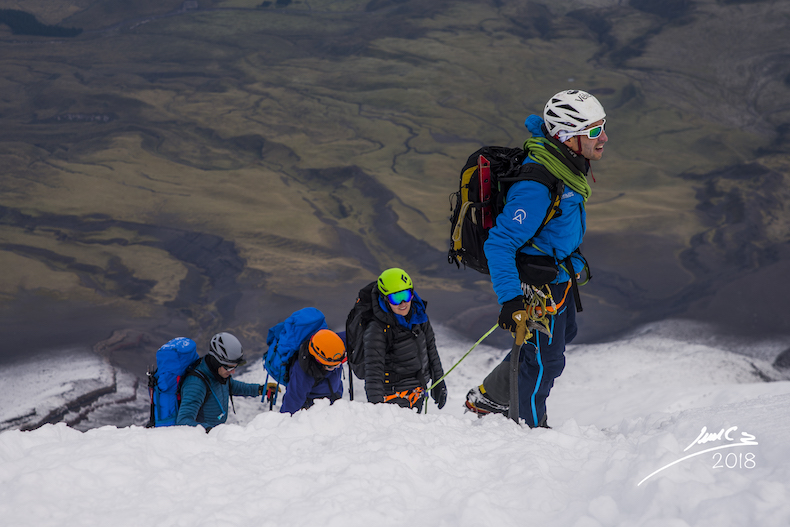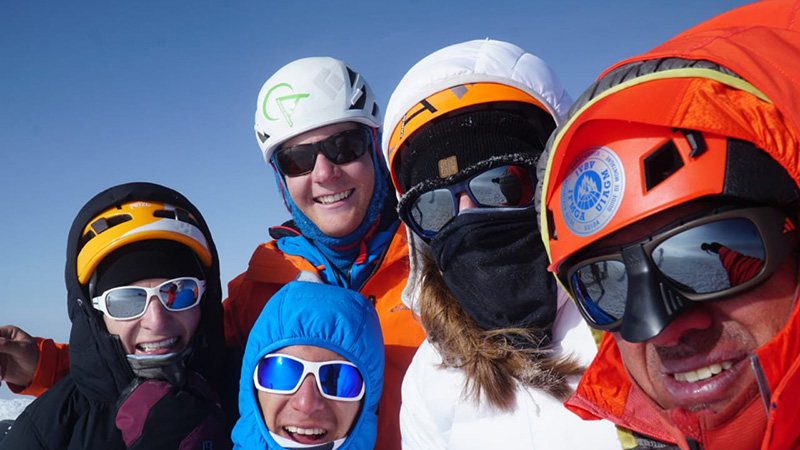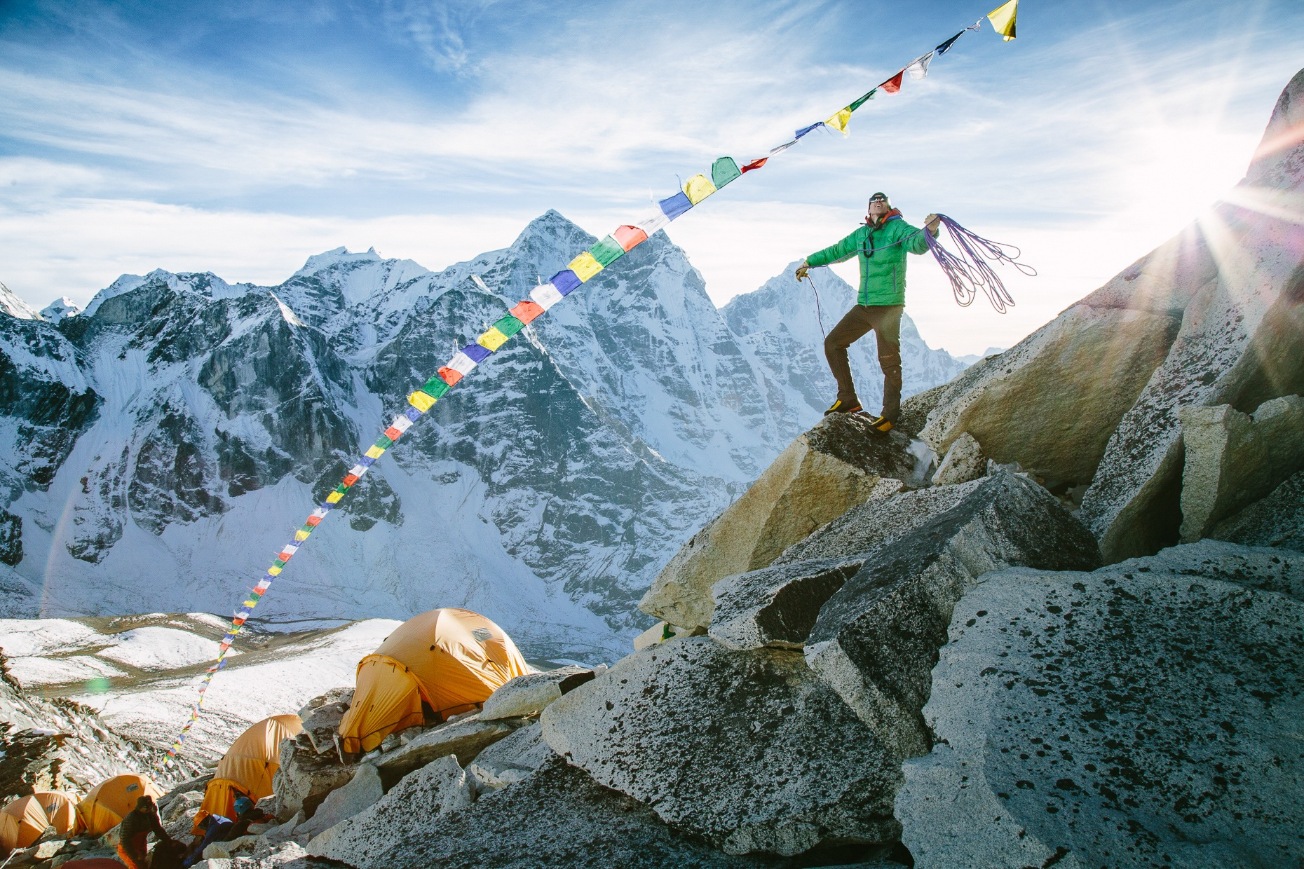Cotopaxi Expedition
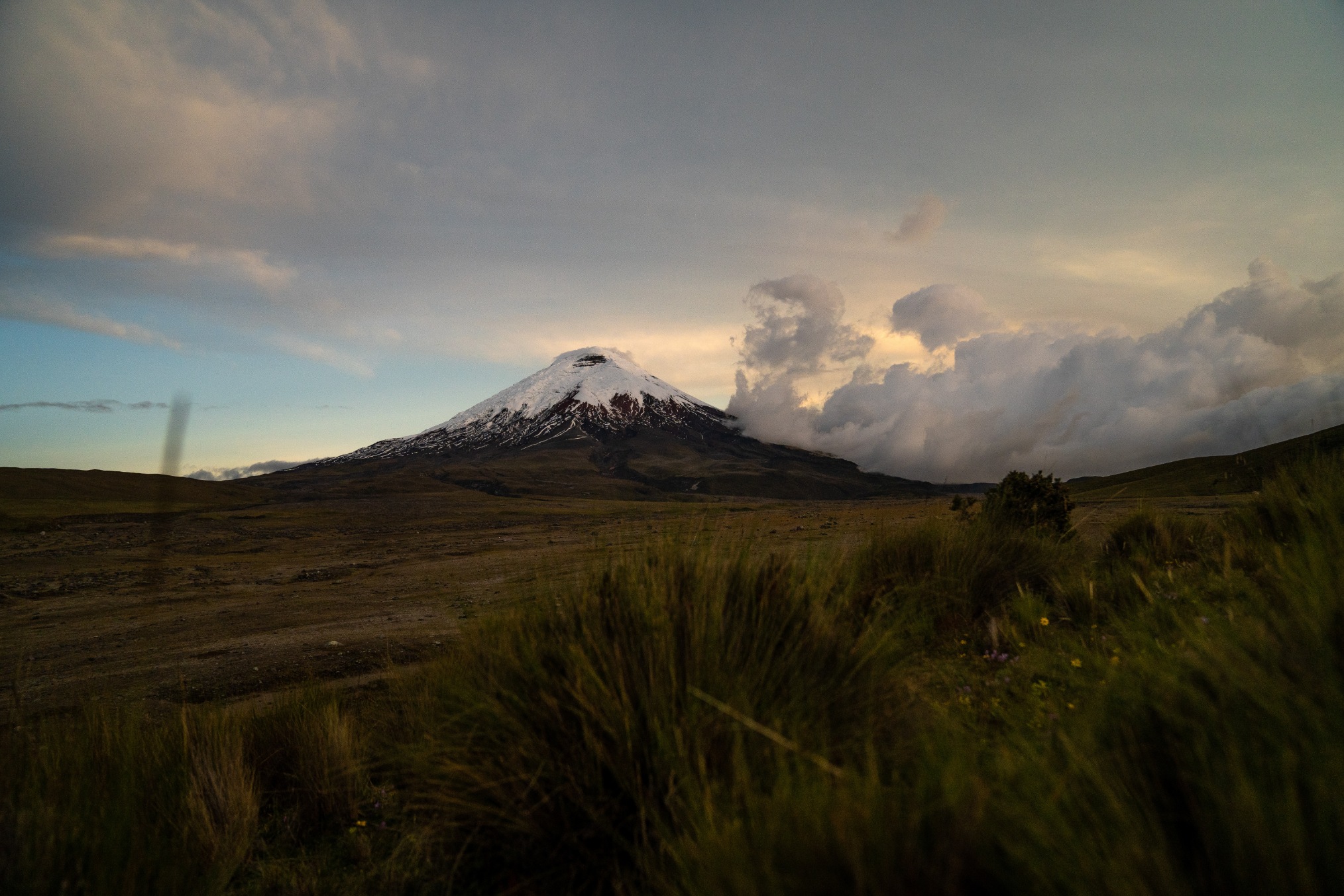
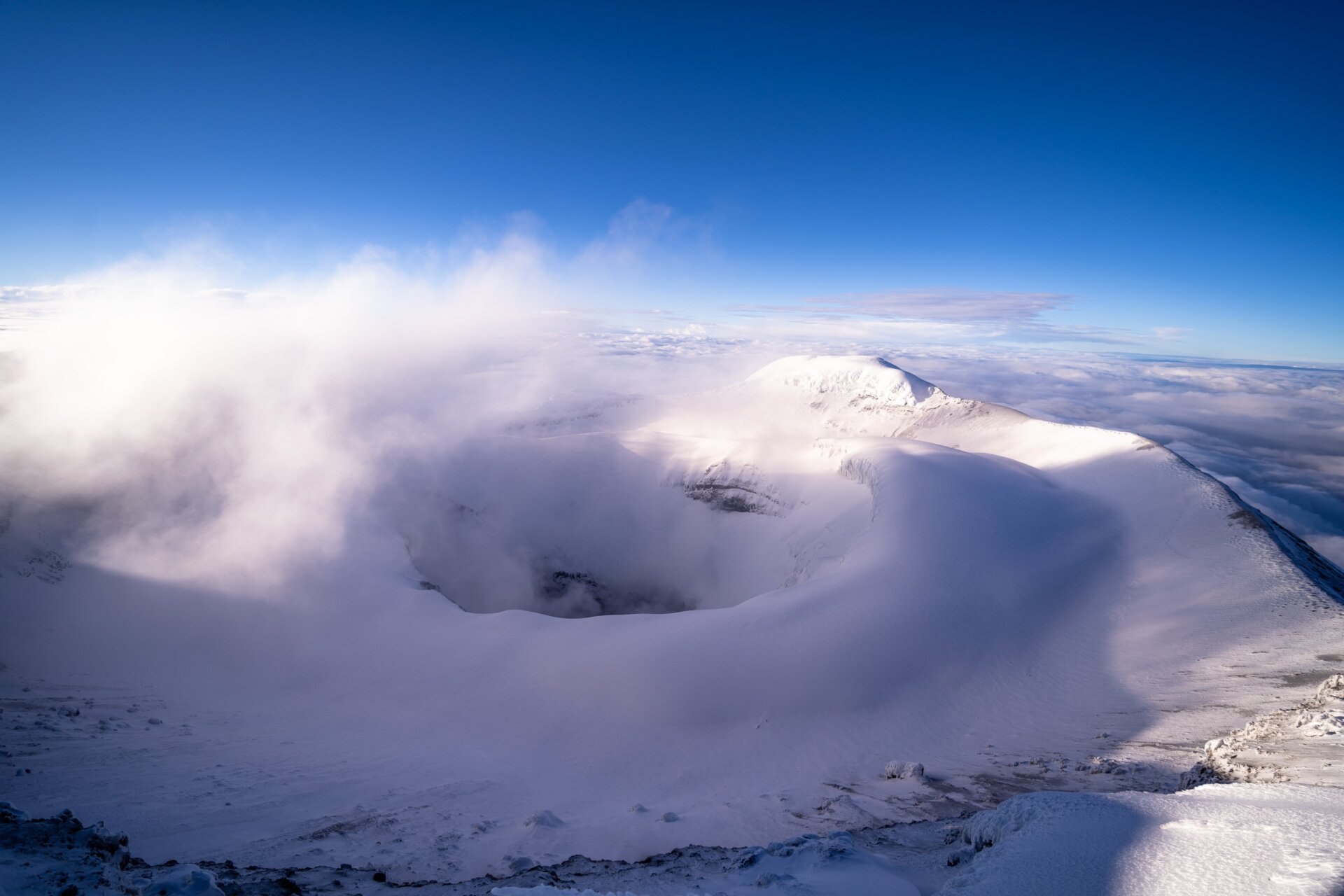
Cotopaxi Rapid Ascent™ Expedition
Alpenglow’s unique Rapid Ascent Approach allows you to climb this incredible peak in only 5 days.
- Rapid Ascent Hypoxico System Included
- Professional & Certified Mountain Guide
- High End Lodging
- Transportation
- Mountain Infrastructure and Logistics
- Jun 26, 2024 – Jun 30, 2024Optional Extension through July 4th
- Upcoming: Nov 17, 2024 – Nov 21, 2024Optional Extension through Nov 25th
- Upcoming: Feb 02, 2025 – Feb 06, 2025
- Upcoming: June 16, 2025 – June 20, 2025
- Upcoming: Nov 16, 2025 – Nov 20, 2025
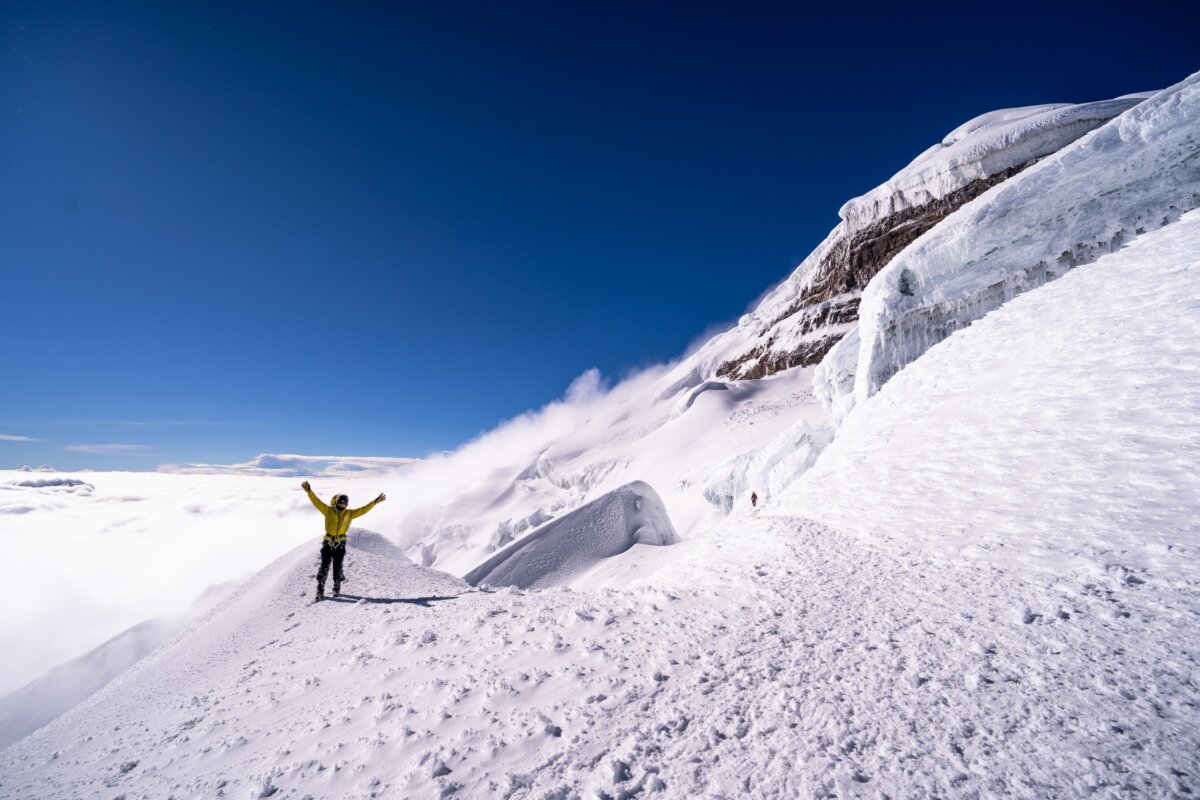
Climbing Cotopaxi is the Ultimate Long-Weekend Climbing Trip.
This Cotopaxi expedition utilizes our Alpenglow’s Rapid Ascent™ system to climb a glaciated (near) 6,000m peak in just 5 days. Until recently, it has never been possible to safely climb to over 19,000 feet in less than a week. This has deterred busy climbers from attempting to ascend high-altitude peaks. Alpenglow solves this problem with the use of innovative Hypoxico pre-acclimatization tents.
Cotopaxi is one of the world’s highest active volcanoes, topping out at 19,347’/5,897m. It’s heavily glaciated, remote, and yet easily accessible to climbers. It serves as the ideal peak to learn and practice skills essential for high altitude climbing — in the time span of a long weekend.
The Alpenglow Difference
Rapid Ascent™ Approach
First developed by Adrian Ballinger, Rapid Ascent™ is a unique approach to climbing big mountains across the world. This innovative program combines hypoxic training at home with precise logistics and small team sizes to reduce the overall time spent away from home, all while greatly increasing the chance of success on your international climbing expedition.
By pre-acclimatizing for 4 weeks at home, we’re able to reduce the overall expedition time to 5 days. This pre-acclimatization system is the same used by all of our Everest teams dating back to 2012. The system has shortened their climbs by 50% and increased measures of safety and success. Cotopaxi Rapid Ascent™ also draws on geographical logistics perfected over decades of leading expeditions in Ecuador. This makes for an unprecedented mountaineering experience designed for the busiest of climbers.
Certified Guides on Cotopaxi
Alpenglow’s AMGA/IFMGA-certified lead guides manage our Cotopaxi Rapid Ascent™. This certification is the most prestigious in the world, attained only by the most experienced and dedicated guides. Our lead guides have traveled and climbed extensively throughout South America and possess intimate knowledge of the area. A thorough understanding of the culture combined with a passion for developing climbers into competent mountaineers guarantees an experience you won’t soon forget.
We combine our guides’ experience with the local expertise of our Ecuadorian guide team. This team, based in Quito, are some of Ecuador’s most respected guides and they have also guided in Nepal, Peru, Bolivia, and Alaska. Their local knowledge (of the mountains, the markets, and the salsa clubs) is essential to the experience
Comfortable Lodging on Cotopaxi
Often when we think of mountain expeditions, we think about a base camp of tents, but on Cotopaxi we’ll stay at an incredible Hacienda called the Tambopaxi Lodge with a great view of Cotopaxi.
Cotopaxi Itinerary Overview
Climbers meet in Ecuador’s capital of Quito. After a night of settling in and getting acquainted, we will travel to a luxurious refuge located in Cotopaxi National Park. The lodge features delectable food and a stunning mountain backdrop. Here we will develop and practice techniques necessary for the summit push. We will spend the afternoon of our arrival and the morning of the next day learning and practicing mountaineering skills. These include crampon and ice axe techniques, roped team travel, snow and ice anchor placement, and crevasse rescue. This training is essential for establishing your competence as a team member on Cotopaxi and future expeditions.
Upon completion of our skills day, we will be ready to climb. A midnight start ensures plenty of time to summit Cotopaxi. We will set out in small roped teams, each led by an Alpenglow guide. The terrain will vary from rugged hiking trails to moderately crevassed glaciers. Eventually we will reach the final, steep summit headwall of Cotopaxi. Upon reaching the summit enjoy the sensational views of the surrounding volcanoes, miles of rolling hills, and the active crater of Cotopaxi itself. Once we’re finished, we will embark on a quick descent back to Quito, in time for a celebration dinner with the team before flying home.
Cotopaxi really is the perfect long weekend expedition.
Fitness
Altitude
Technical
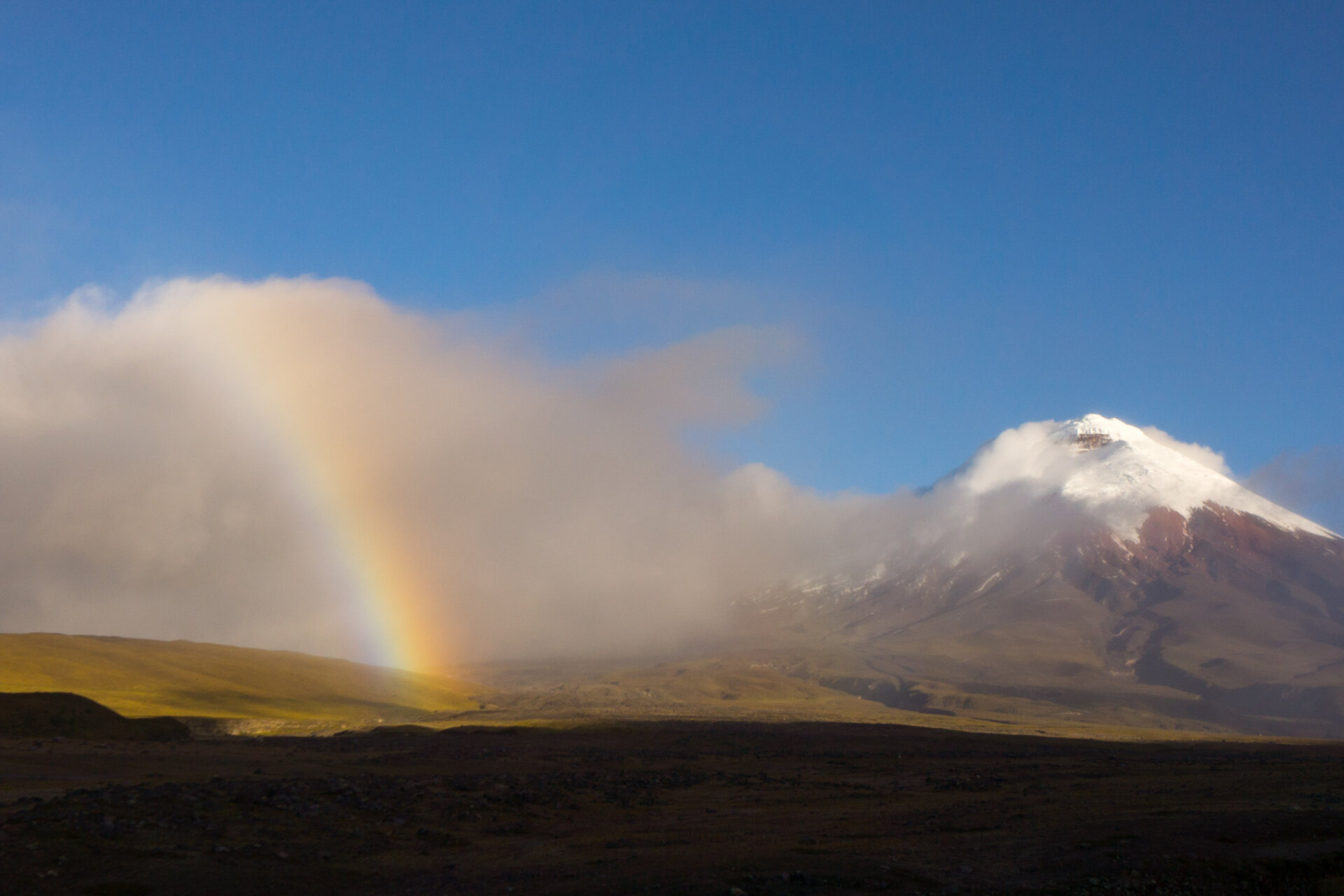
Cotopaxi Expedition Itinerary
Take a look at the door to door itinerary for the expedition.
- Day 1
- Day 1 — Arrival
Arrive into Quito (9,500 feet/2,896 meters) in the evening. Our guides will pick you up and bring you to our hotel, a local family-run place close to excellent restaurants and the tourist center of the city.
Activity: Arrive in Quito
Sleeping Elevation: 9,300’
Lodging: San Jose Del Puembo
Meals: None - Day 2
- Drive to Tambopaxi
After a big breakfast, we drive to Tambopaxi, at about 14,000 feet (4,267 meters) in Cotopaxi National Park. From the dining room of this beautiful lodge, we have a perfect view of our entire route on Cotopaxi. In the afternoon we practice a full gamut of big mountain skills including rope team travel and crevasse rescue. We also prepare all of our equipment for the climb.
Activity: Drive to Tambopaxi
Moving Hours: 1.5 hours
Sleeping Elevation: 12,300’
Lodging: Tambopaxi Lodge
Meals: Breakfast, Lunch, & Dinner - Day 3
- Skills day on the Glacier
We wake early to hike about an hour to the toe of the glacier on Cotopaxi. We spend the morning practicing glacier travel skills, most importantly self-arrest with an ice axe and efficient climbing techniques in crampons. We descend back to Tambopaxi for lunch, rest, and to prep for our summit attempt.
Activity: Skills Day
Distance Covered: 3 miles
Moving Hours: 4-5 hours
Elevation Gain/Loss: +/- 1,500’
Sleeping Elevation: 12.300’
Lodging: Tambopaxi Lodge
Meals: Breakfast, Lunch, & Dinner - Day 4
- Summit Day
Summit Day! We wake at around midnight, have a hot drink and perhaps a snack, and then begin our climb. The route takes us across scree to the glacier, and then winds up through progressively steeper slopes and heavily crevassed areas. By dawn, we should be below the final headwall, 800 vertical feet (250 meters) of the steepest climbing on the mountain. In daylight, we work our way up this slope until we are standing on the edge of Cotopaxi’s crater, with stunning views in every direction. After a few photos, we descend back to the refuge, and then continue our descent all the way to our hotel and a well-deserved celebration in Quito.
Activity: Drive to Otavalo
Hike Distance Covered: 2.5 miles
Moving Hours: 2 hr drive, 2-3 hr hike
Elevation Gain/Loss: +/- 1,500’
Sleeping Elevation: 8,300’
Lodging: Hacienda Pinsaqui
Meals: Breakfast - Day 5
- Head Home!
Depart Quito for home. Flights generally leave early in the morning and arrive home in the afternoon.
Activity: Fly Home
Our Cotopaxi Guides
Cotopaxi Questions
All team members participating on a Rapid Ascent™ expedition must have previously climbed to or been over 16,000′ (5,000m). If you have yet to reach those altitudes, reach out to our team to see how we can best get you qualified for the Rapid Ascent Program.
Yes. The rental Hypoxico unit is included in the cost for the duration that is necessary for the expedition. We’ll arrange the rental for you and have it shipped right to your door. If you want/need to rent the unit longer, or have a separate unit rented due to travel etc, please reach out to our team and we’ll help work through the logistics with you.
We require Rescue Insurance on all of our international expeditions. Rescue insurance will help cover costs in the event that you need to be rescued off the mountain (Ex: Helicopter/medical evacuation). Travel Insurance (which we strongly recommend) can cover issues that would cause you to cancel your trip in advance, like illness. We do recommend Global Rescue who does offer a Comprehensive Travel Protection option to your required Rescue (Evacuation) Insurance.
Expedition doctor, Monica Piris, has been on fourteen 8,000-meter peak expeditions. While Dr. Piris does not travel with our team on all expeditions, she is in 24 communication with our expedition leaders. Dr. Piris also works with each member on his or her pre-acclimatization program.
While no outdoor adventure can be completely free of risk without losing the essence of the activity, hiring a professional guide is a fantastic way to manage and mitigate this risk. Activities like skiing and climbing have what we call “inherent risk”, which can be defined as a risk that cannot be completely mitigated by a professional. That is part of playing in the mountains. We encourage you to reach out to the office if you would like to discuss this in more detail.
We always consider customs. Custom trips make up more than 50% of our groups. Please reach out to learn more!
When an expedition is more than 90 days out, we require a 20% deposit to guarantee your reservation. Within 90 days we require full payment.
Climbers must be in excellent physical shape to join this expedition. This is perhaps the most important aspect of high-altitude climbing, and cannot be stressed enough. Regular, challenging exercise for many months in advance of departure is the only way to gain the necessary level of fitness that is needed on big peaks. We highly recommend a structured training regime with a gym or personal trainer to assist you in preparing for climbing at altitude. Please contact us for more information on physical training.
Covid vaccinations are not required, but highly recommended.
THE COST OF YOUR TRIP INCLUDES YOUR LAND COSTS (EXCLUDING IN-TOWN MEALS). THIS INCLUDES:
All lodging according to itinerary, including double occupancy lodging while in town and group lodging in mountain huts.
Breakfasts in town, all meals while on the mountain
Group camping and climbing equipment
All park/climbing permits
Scheduled in-country transportation
Airport transfers
Certified guides
Covid testing arrangements for re-entry into home country (does not include cost of test)THE COST OF YOUR TRIP DOES NOT INCLUDE:
Flights to/from the city where the expedition begins.
Additional nights in hotel outside of the itinerary
Airport taxes
Visas
In-town dinners
Immunizations
Tips for guides or local staff
Travel, rescue, or any other type of insurance
Hospitalization or evacuation costs
Single supplement charges
Excess baggage charges
Alcohol
Other personal expenses
Antigen/PCR Covid test cost
The costs of delays or changes to itinerary that are beyond the control of Alpenglow Expeditions or its agents are not included.
Cotopaxi Equipment List
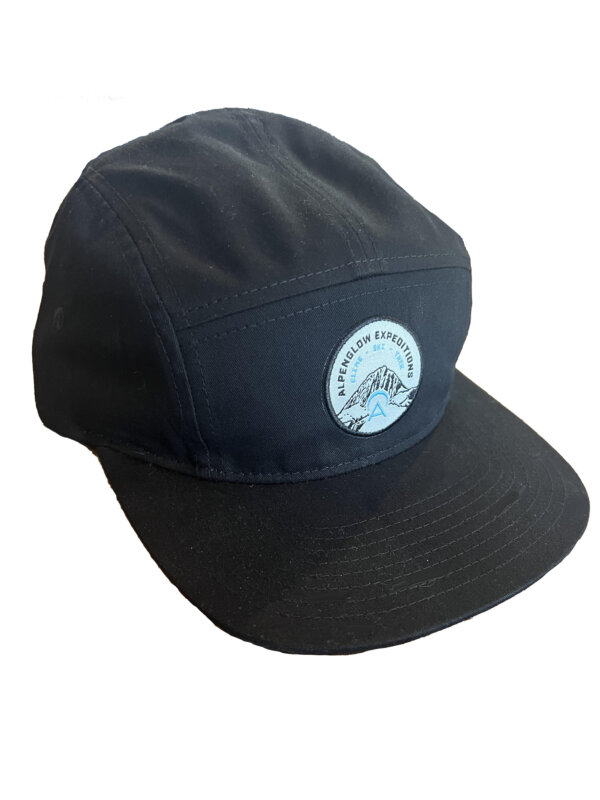 Hat
HatBring your favorite baseball hat for shelter from the sun. No white under the brim – the reflection off of it from the sun is blinding.
Recommended: Alpenglow Hat
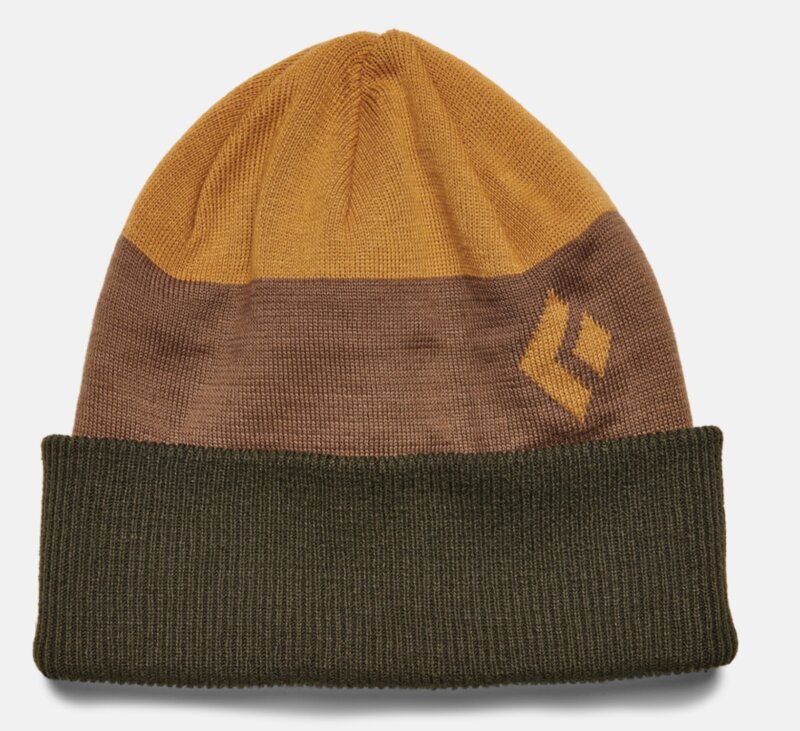 Beanie
BeanieA comfortable, warm well-fitting hat that covers your ears. Make sure that one of your hats fits under a helmet.
Recommended: Black Diamond Levels Beanie
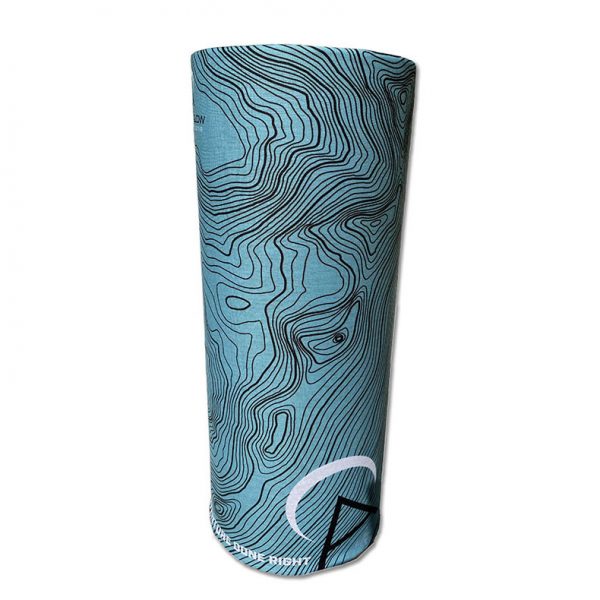 Neck Gaiter (Buff)
Neck Gaiter (Buff)A multi-purpose neck gator that can also be worn under your hat. Make sure that it covers as much skin as possible and yet is still comfy.
Recommended: Alpenglow Buff
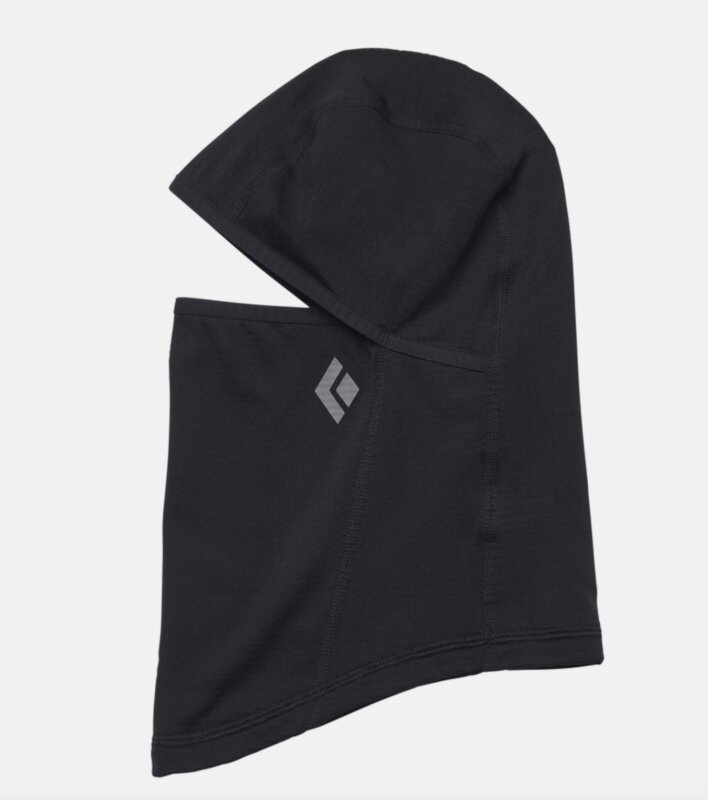 Balaclava
BalaclavaWe recommend a tight-fitting balaclava that is worn under your hat. Make sure that it covers as much skin as possible, but is comfortable enough to wear for hours.
Recommended: Black Diamond Coefficient LT Balaclava
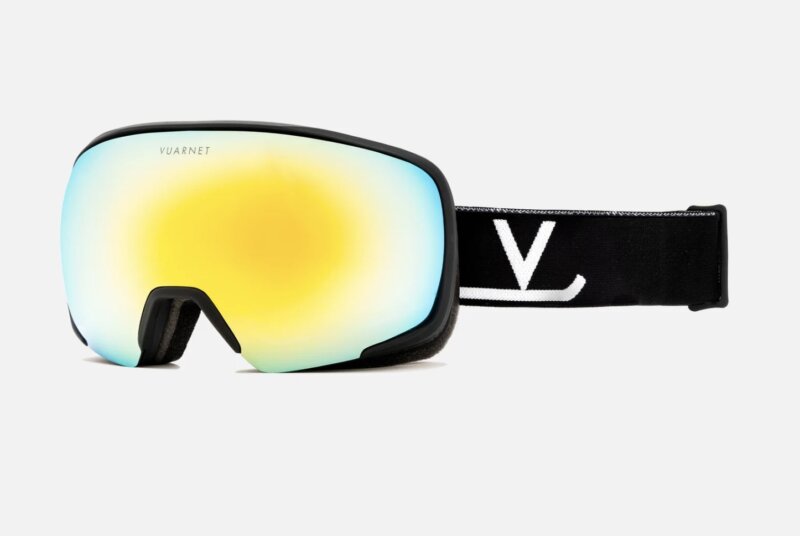 Goggles
GogglesThese will be worn on stormy or windy days. Make sure you are getting a snug fit with lenses for bright sun. Ventilation and anti-fog features are desired.
Recommended: Vuarnet Everest Goggles
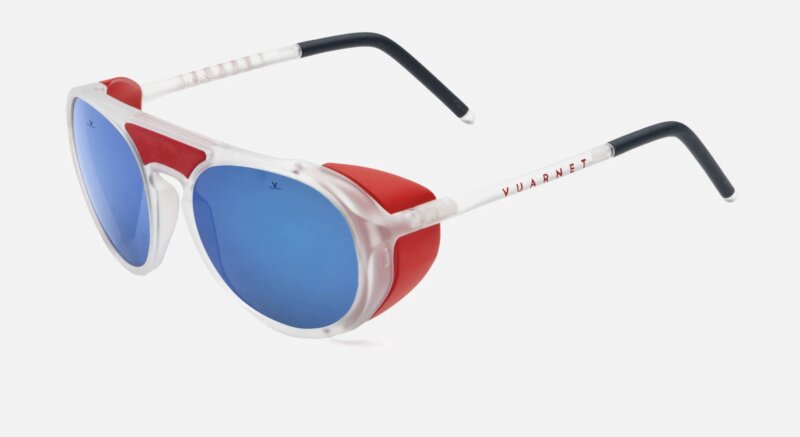 Sunglasses
SunglassesMust have dark lenses. Minimal light should come in below, above, or around the sides of the lenses.“Wrap” style is best. Ventilation is important and a retainer strap is very useful (Chums or Croakies).
Recommended: Vaurnet Ice Rounds
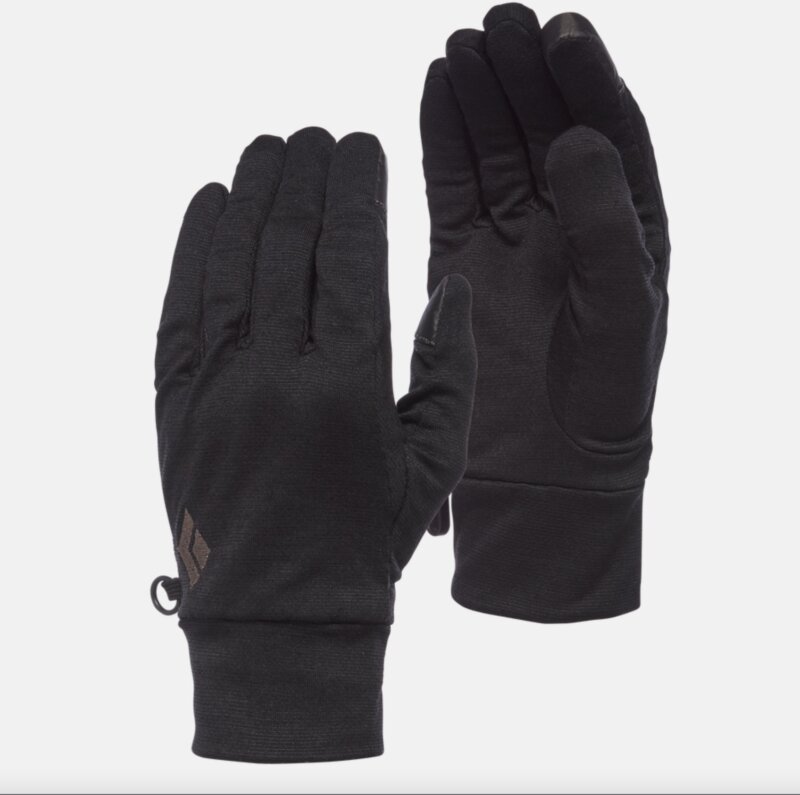 Liner Gloves
Liner GlovesThese gloves keep the inside of your mitts or other gloves from accumulating sweat on the inside and turning inside out when you take them off, as well as provide additional insulation.
Recommended: Black Diamond Lightweight Wooltech Gloves
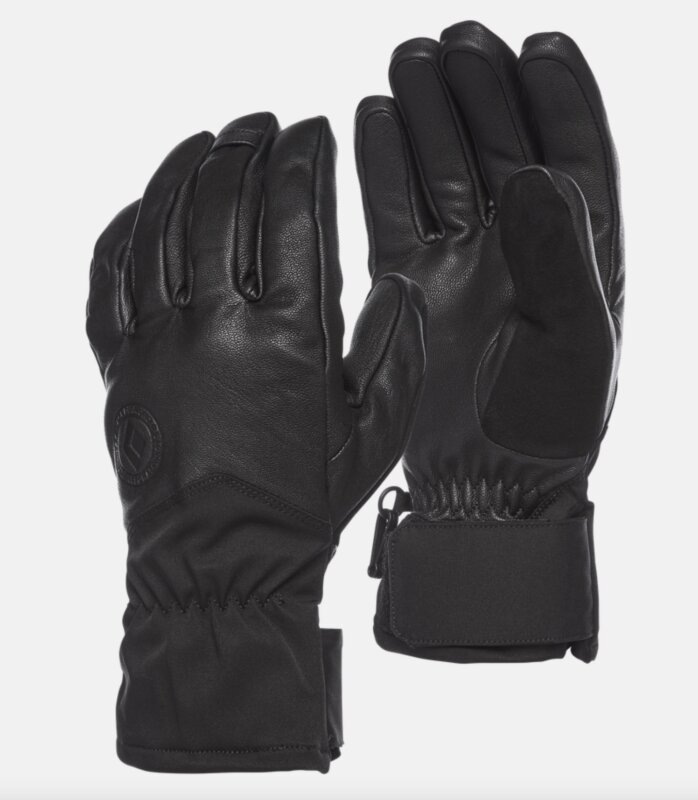 Lightweight Gloves
Lightweight GlovesAll-around gloves for mountaineering, backcountry skiing, and hiking. These gloves (and similar options) are warm, wind-resistant, durable and have a sure grip. You will rarely take these gloves off. They should be snug-fitting, and have some sort of reinforced palm.
Recommended: Black Diamond Tour Gloves
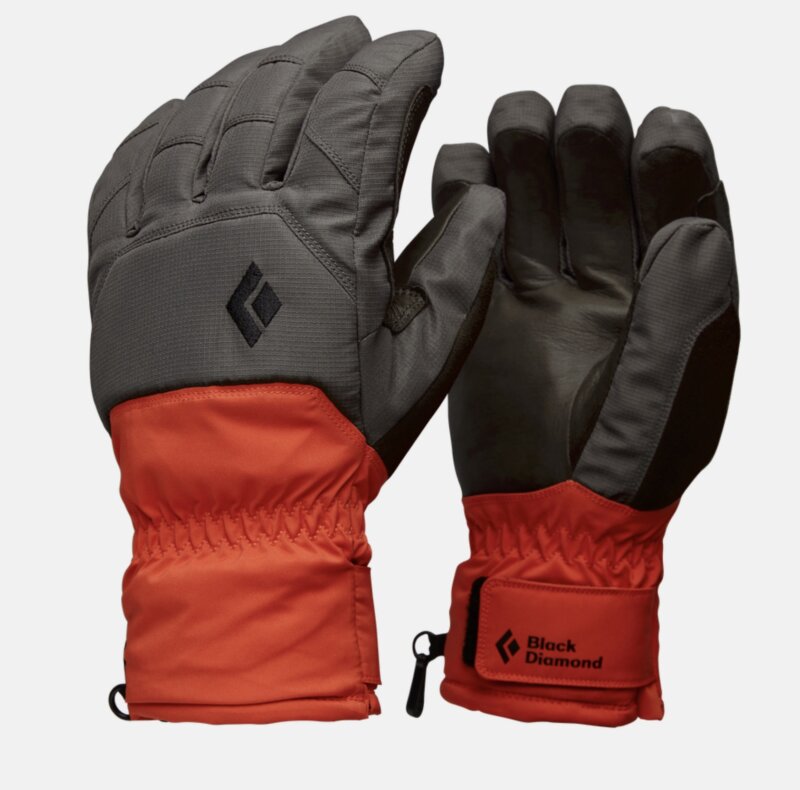 Midweight Gloves
Midweight GlovesThese gloves should be full GORE-TEX®, and insulated. These will be the workhorse glove for any expedition.
Recommend: Black Diamond Mission MX Gloves
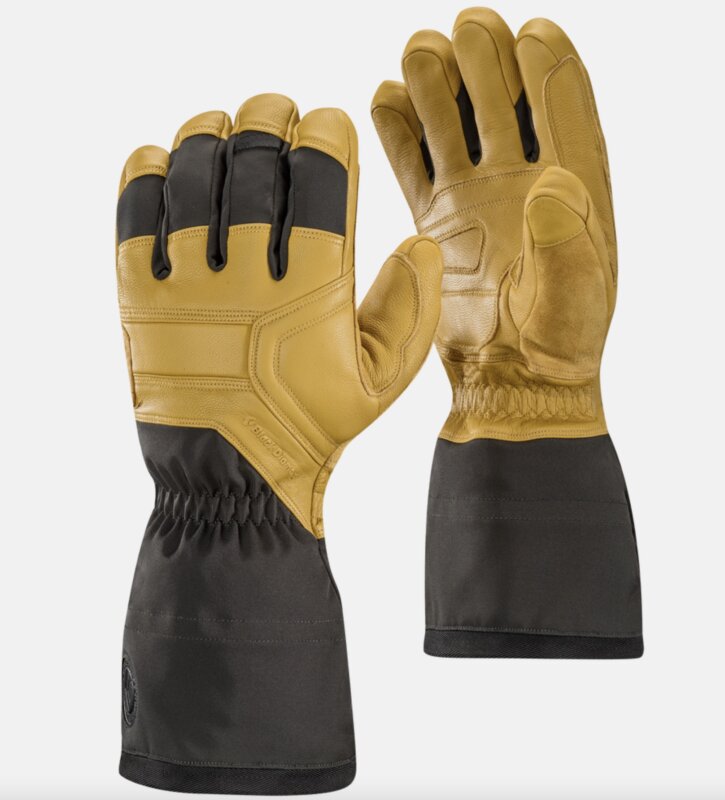 Heavyweight Gloves
Heavyweight GlovesThese gloves should be full GORE-TEX®, with a removable fleece liner (so you can take the liner out and dry it at night). These gloves are used at higher altitudes and are needed to keep your hands dry, and warm. Over the cuff style is desired.
Recommended: Black Diamond Guide Gloves
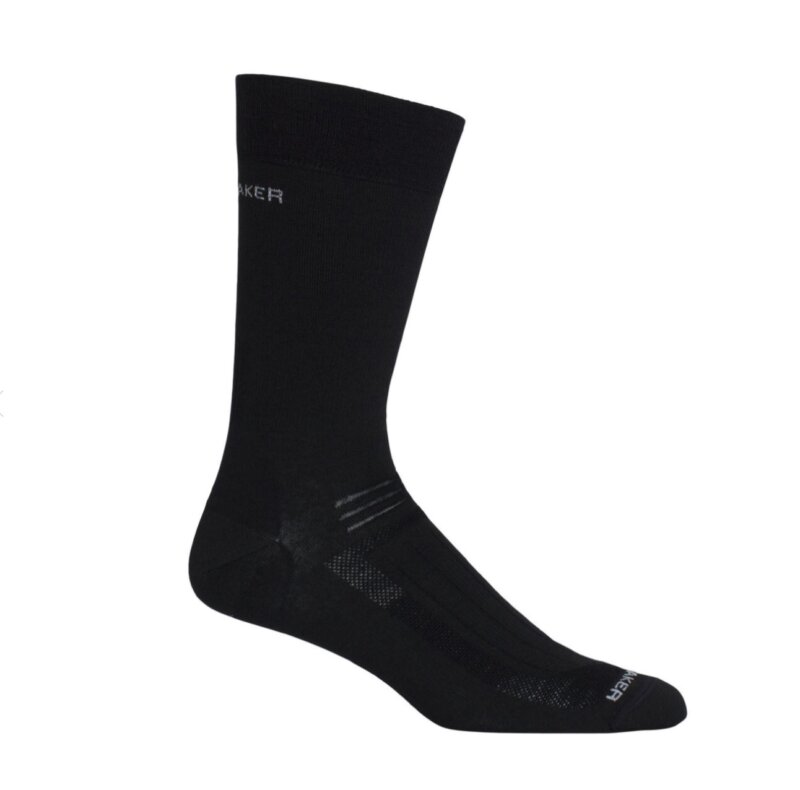 Liner Socks
Liner SocksA super-thin wicking sock that repels moisture. Liner socks help to reduce the likelihood of blisters. The socks should be thin wool, nylon, or Capilene®. NO COTTON
Recommended: Ice Breaker Merino Liner
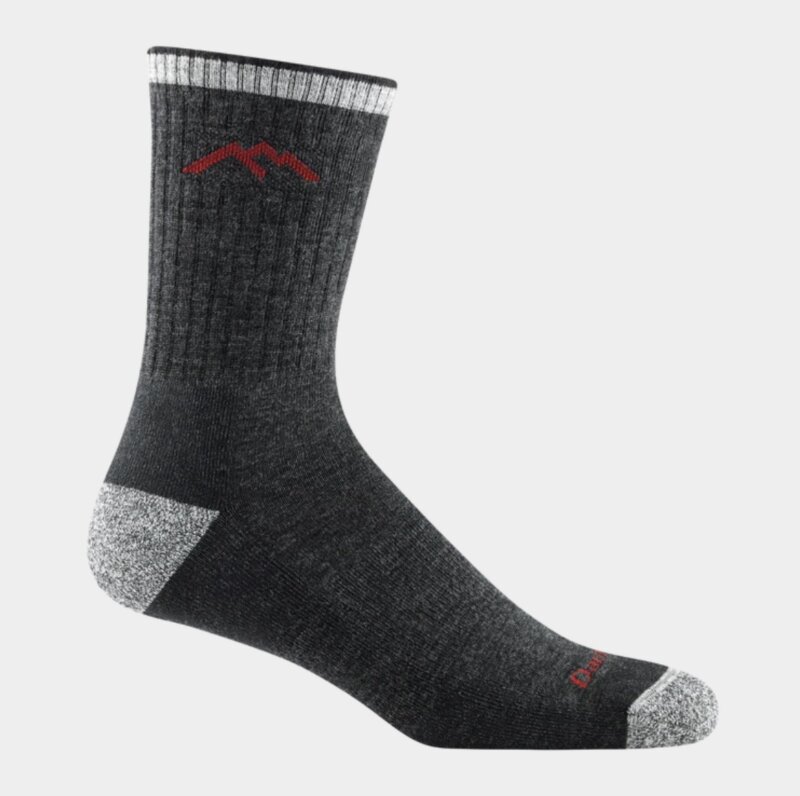 Hiking Socks
Hiking SocksYour everyday sock, good for day hikes, trekking, and in-town. It’s good to bring several pairs of these socks. NO COTTON.
Recommended: Darn Tough Hiking Sock
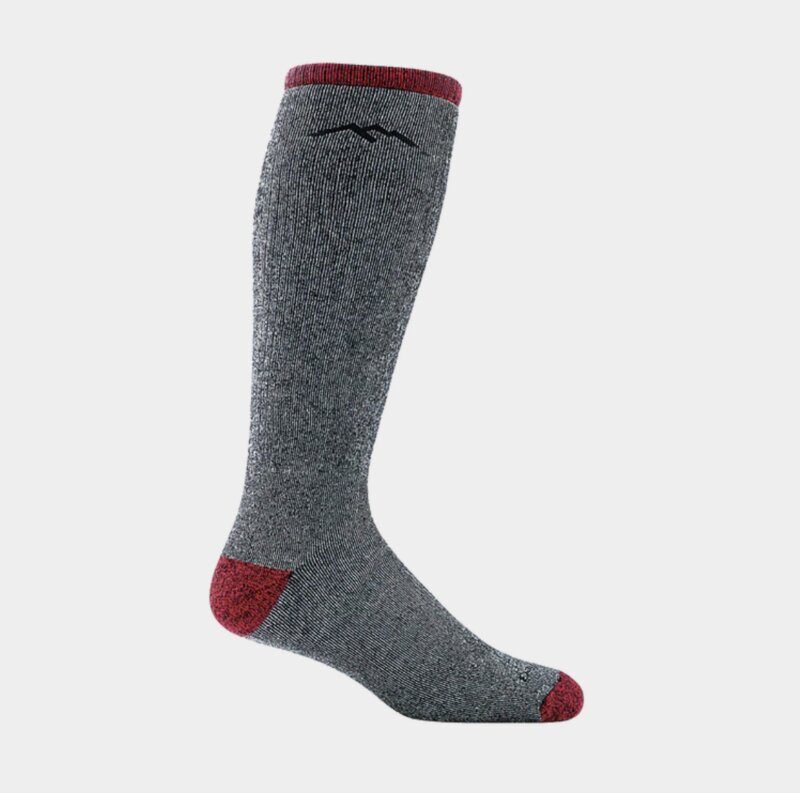 Warm Socks
Warm SocksA wool synthetic blend. Pure rag wool socks are not nearly as effective in wicking moisture or retaining their shape and reducing blisters. Bring a few pairs of these socks. NO COTTON.
Recommended: Darn Tough Mountaineering Sock
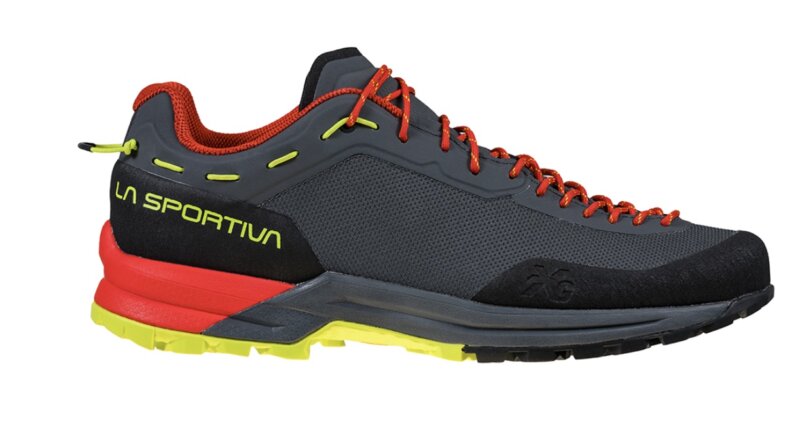 Hiking Shoes
Hiking ShoesThese light to mid-weight shoes are for everyday use. The ideal shoe is comfortable to wear for multiple days and scrambles decently on rock. A Gore-tex lined shoe stays drier when hiking in rain or snow.
Recommended: La Sportiva TX Guide
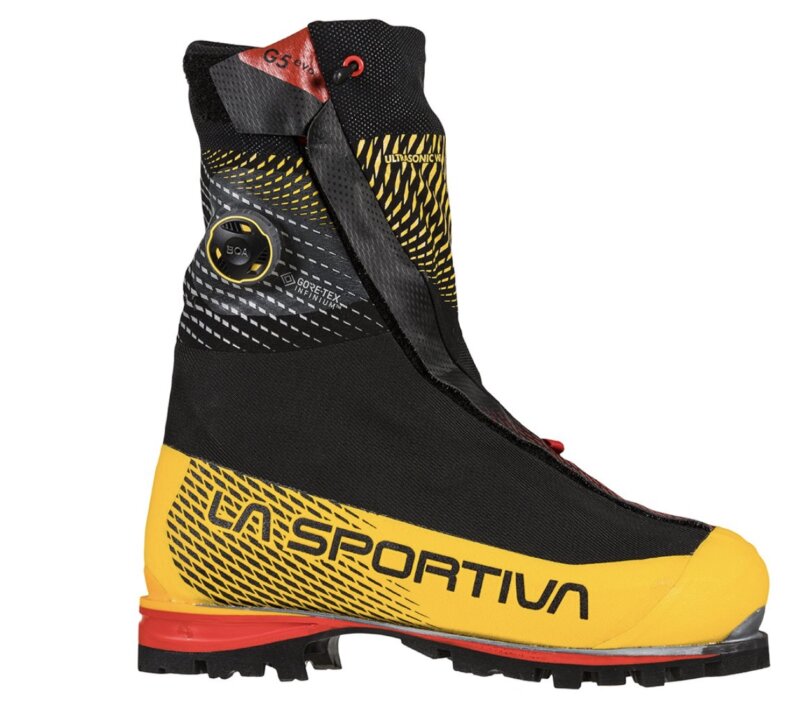 Mountaineering Boots (5,000 – 6,000m)
Mountaineering Boots (5,000 – 6,000m)Should be warm single or double boots that have a stiff sole and accept a step-in crampon. The boots should be comfortable, have adequate wiggle room for your toes, and your heel should not lift more than 1/8th of an inch when walking. (If your feet run cold, we would recommend a double boot like the La Sportiva G2 Evo.) For our Introductory Climbing Schools, we have limited availability and sizes for free boot rentals. If you need rentals, please reach out to the office staff asap to ensure we have your size.
Recommended: La Sportiva G5 Evo
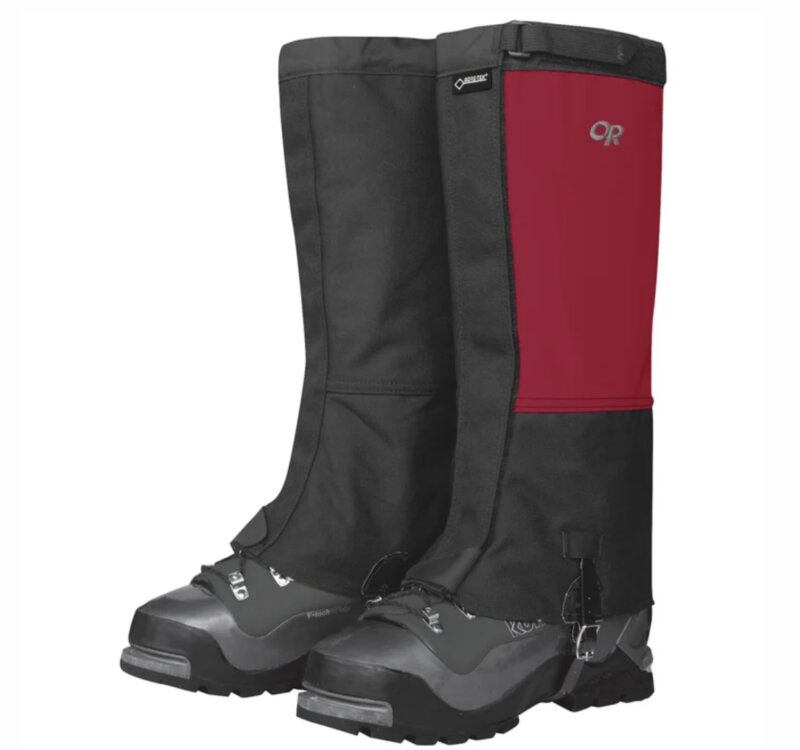 Waterproof Gaiters
Waterproof GaitersGORE-TEX® or Schoeller® calf- high gaiters, insulated supergaiters recommended. *Gaiters are not needed if your pants and/or boots have built-in gaiters.
Recommended: Outdoor Research Expedition Crocodile Gaiters (required if your boots do not have integrated gaiters)
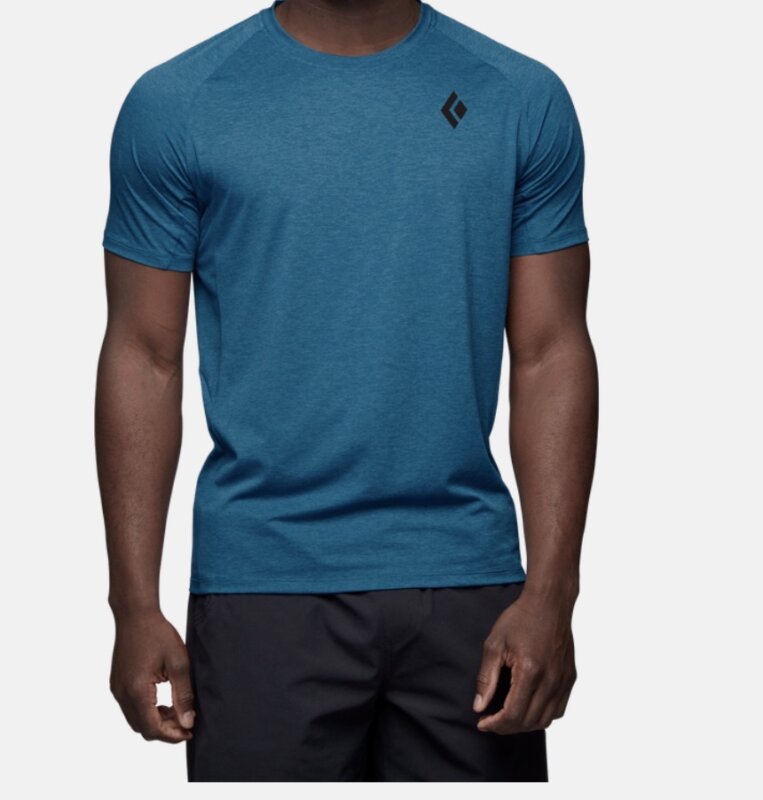 Lightweight Top
Lightweight TopUltra-light base layer that effectively wicks moisture away from your body and is breathable. Quick-dry is important as well. One light-colored shirt is recommended for extremely sunny days.
Recommended Men’s: Black Diamond Lightwire Short Sleeve
Recommended Women’s: Black Diamond Lightwire Short Sleeve
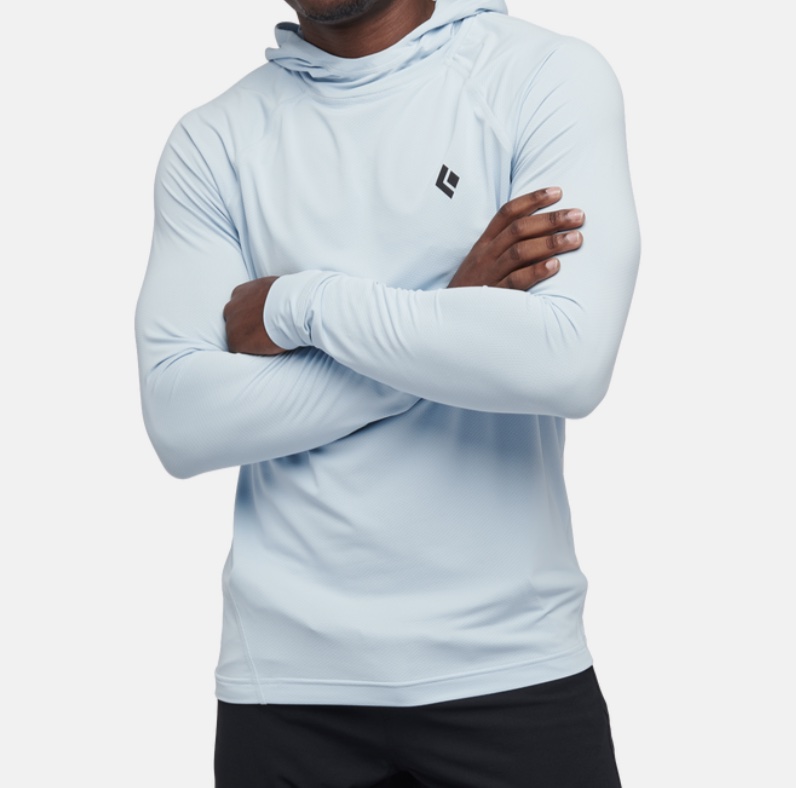 Sun Hoodie
Sun HoodieLightweight, long-sleeve sun hoody that is great for protecting from the sun.
Recommended Men’s: Black Diamond Alpenglow Hoody
Recommended Women’s: Black Diamond Alpenglow Hoody
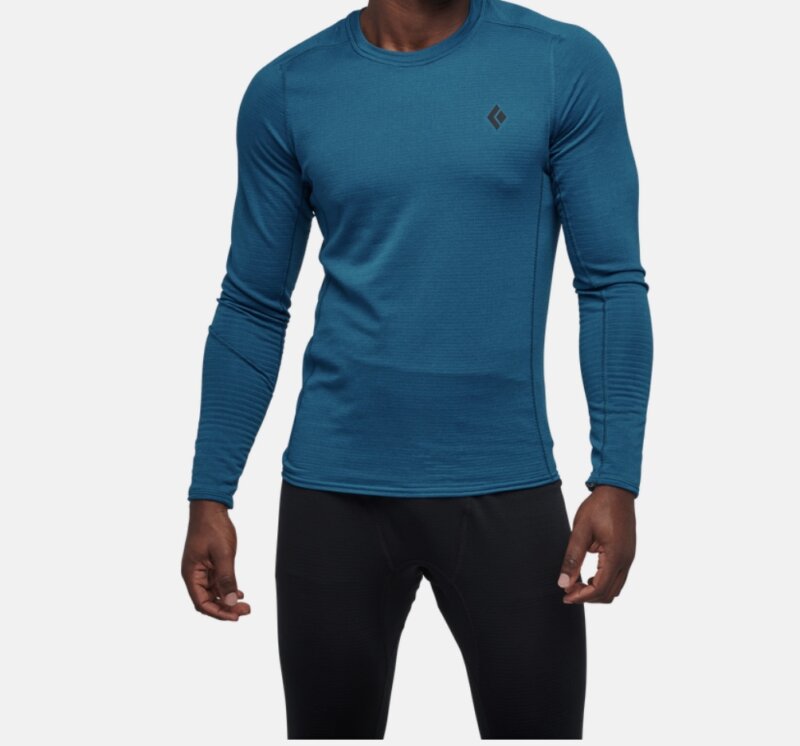 Long Sleeve Base Layer
Long Sleeve Base LayerA long sleeve base layer that is fitted, lightweight and quick drying. Make sure it is long enough to tuck in.
Recommended Men’s: Black Diamond Coefficient Crew
Recommended Women’s: Black Diamond Solution Crew
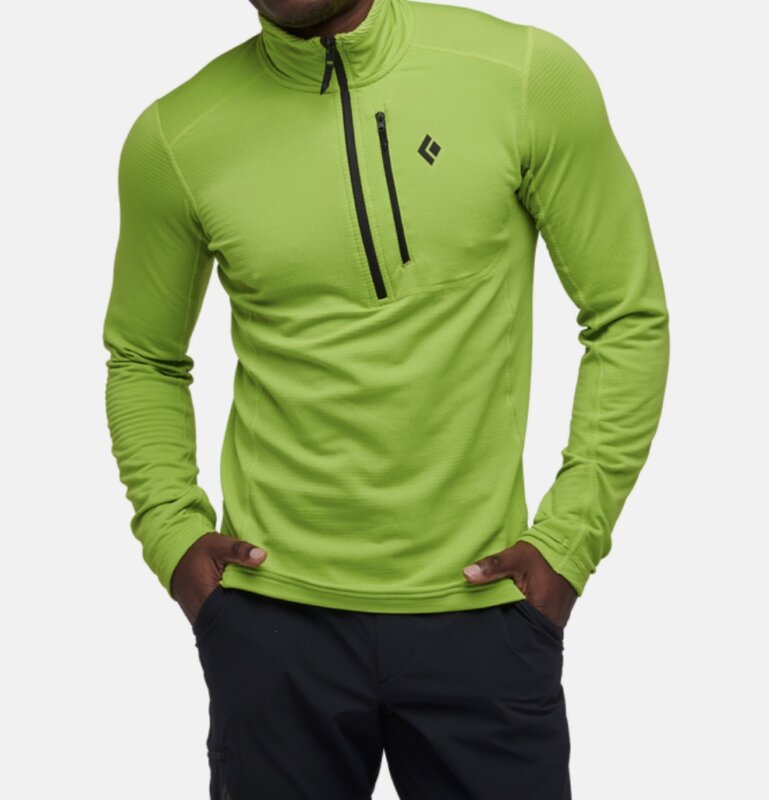 Mid-Weight Warm Layer
Mid-Weight Warm LayerA polar guard or fleece jacket. This mid-layer will be worn over your base layer most of the trip.
Recommended Men’s: Black Diamond Coefficient LT Quarter Zip
Recommended Women’s: Black Diamond Solution Quarter Zip
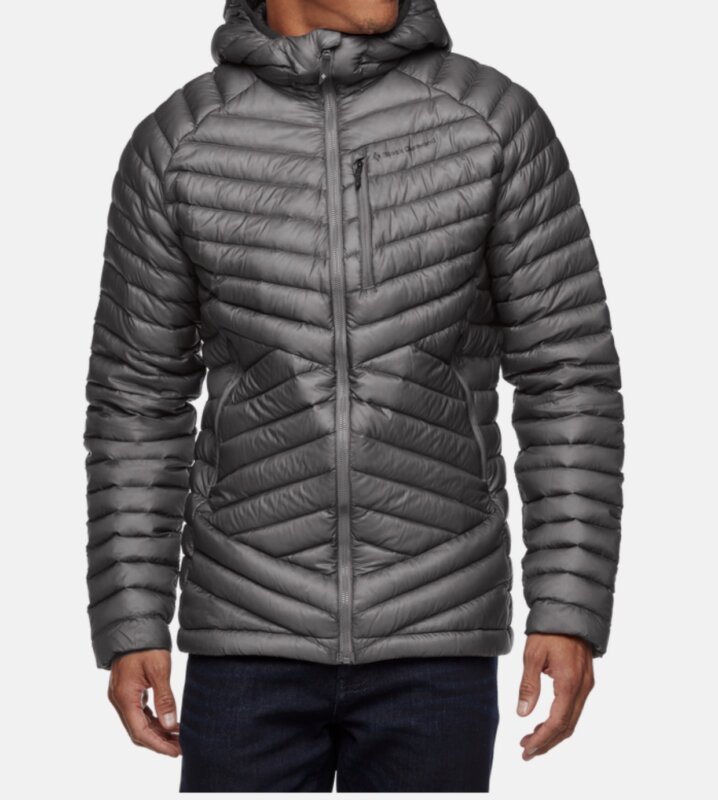 Mid-Weight Puffy Jacket
Mid-Weight Puffy JacketA simple, lightweight puffy jacket. This item is good for layering systems and staying warm. We recommend 800-fill down that is packable and resists inclement weather.
Recommended Men’s: Black Diamond Approach Down Hoody
Recommended Women’s: Black Diamond Approach Down Hoody
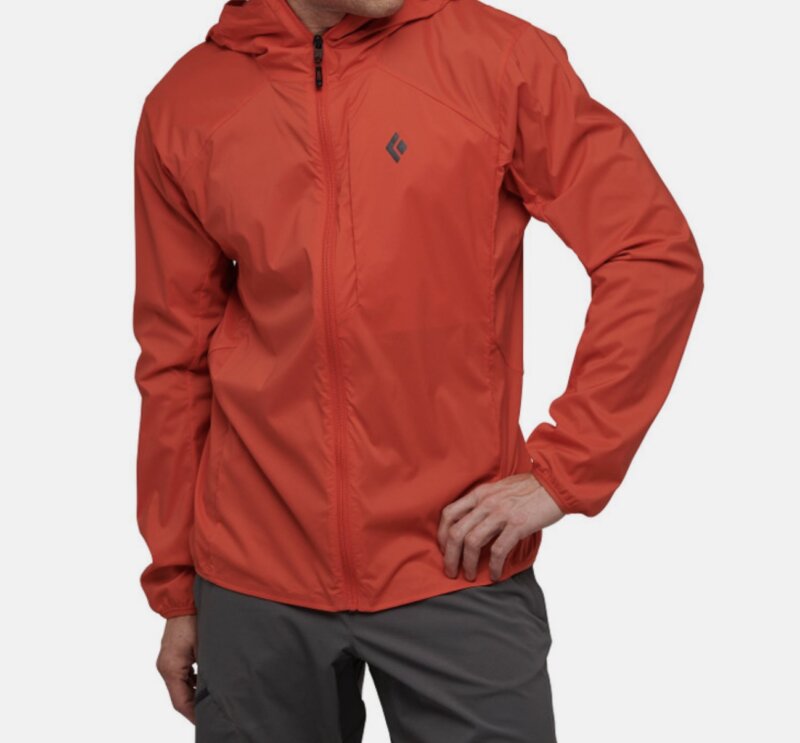 Soft Shell Jacket
Soft Shell JacketMore breathable than Gore-tex, these soft shell jackets block wind and light precipitation and are great as an outer layer and warm layer under your parka.
Men’s Recommended: Black Diamond Alpine Start Hoody
Women’s Recommended: Black Diamond Alpine Start Hoody
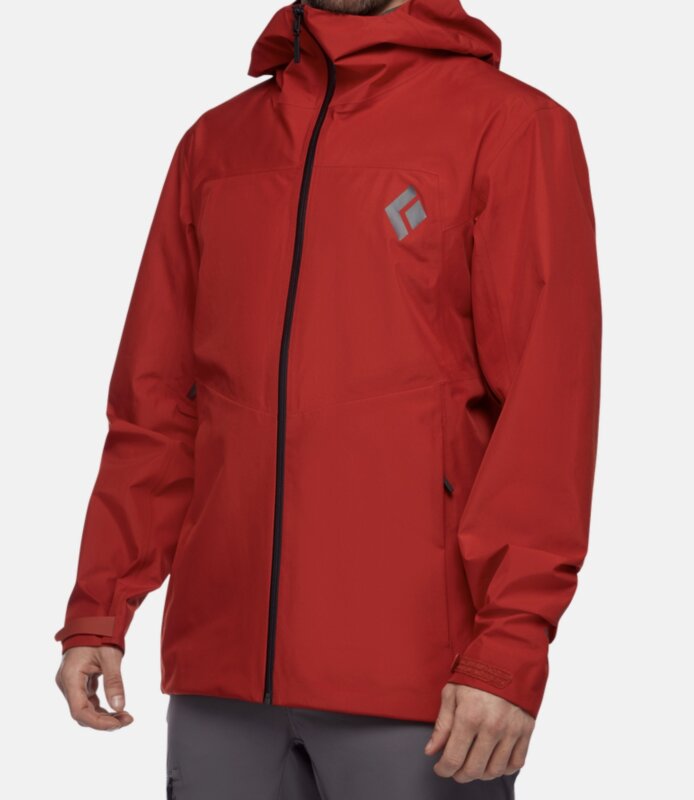 Hard Shell Jacket
Hard Shell JacketA lightweight, waterproof and breathable jacket WITH A HOOD that can withstand extreme weather conditions. Make sure you have pit-zips and if you are using an old jacket, re-waterproof it.
Recommended Men’s: Black Diamond Liquid Point Shell
Recommended Women’s: Black Diamond Liquid Point Shell
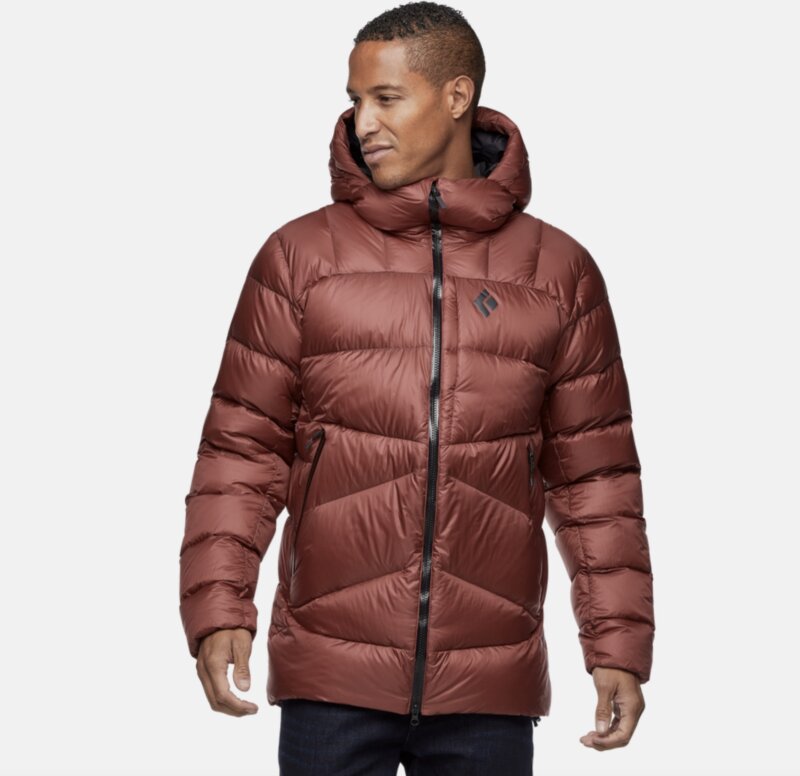 Down Parka
Down ParkaA puffy jacket with a hood that will keep you warm during the coldest of conditions. The higher the quality down, the better (800-fill is best). However, be sure the jacket is still lightweight.
Recommended Men’s: Black Diamond Vision Down Parka
Recommended Women’s: Black Diamond Vision Down Parka
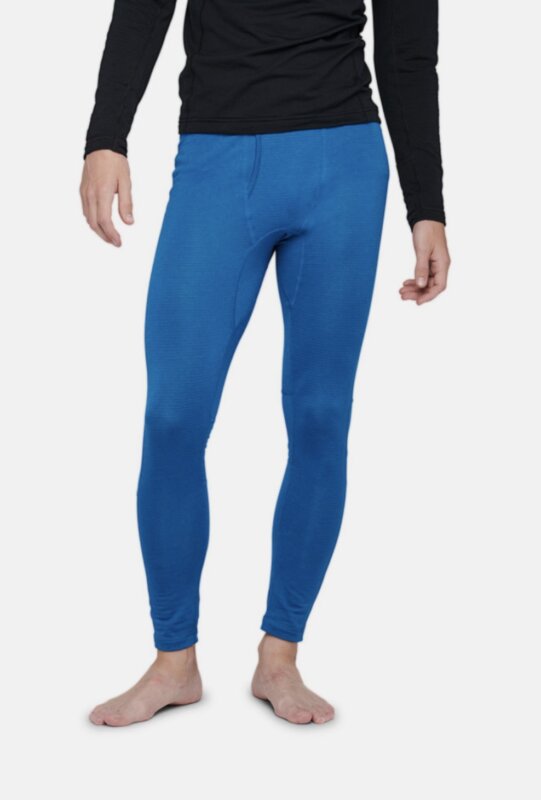 Base Layer Bottoms
Base Layer BottomsFitted and quick drying. This piece will be a base-layer that will get you through a wide range of temperatures
Recommended Men’s: Black Diamond Coefficient LT Pants
Recommended Women’s: Black Diamond Coefficient LT Pants
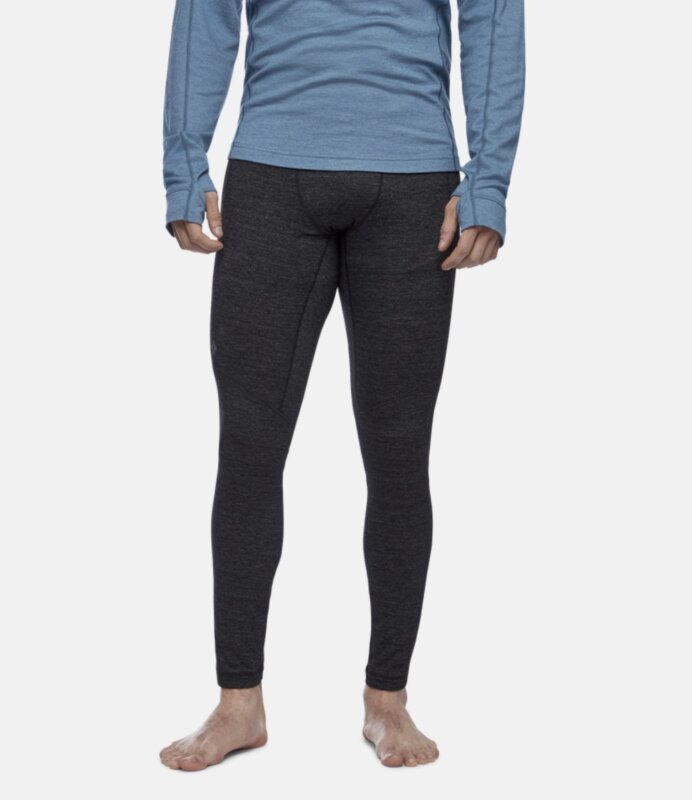 Base Layer
Base LayerFitted, light-weight and quick drying. The mid-weight will be a base- layer that will get you through a wide range of temperatures. Bring multiple changes of layers.
Recommended Men’s: Black Diamond Mens Solution 150 Merino Bottoms
Recommended Women’s: Black Diamond Women’s Solution 150 Merino Bottoms
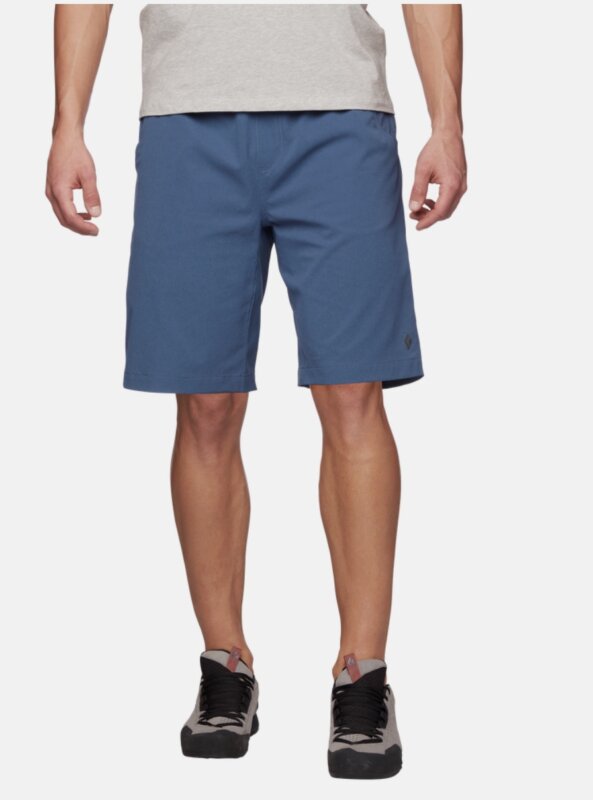 Quick Dry Shorts
Quick Dry ShortsThrow these on under other layers for when the sun begins to beat, or you want to stretch / relax in Basecamp. Lightweight, durable and comfortable. NO COTTON.
Recommended Men’s: Black Diamond Sierra Shorts
Recommended Women’s: Black Diamond Sierra Shorts
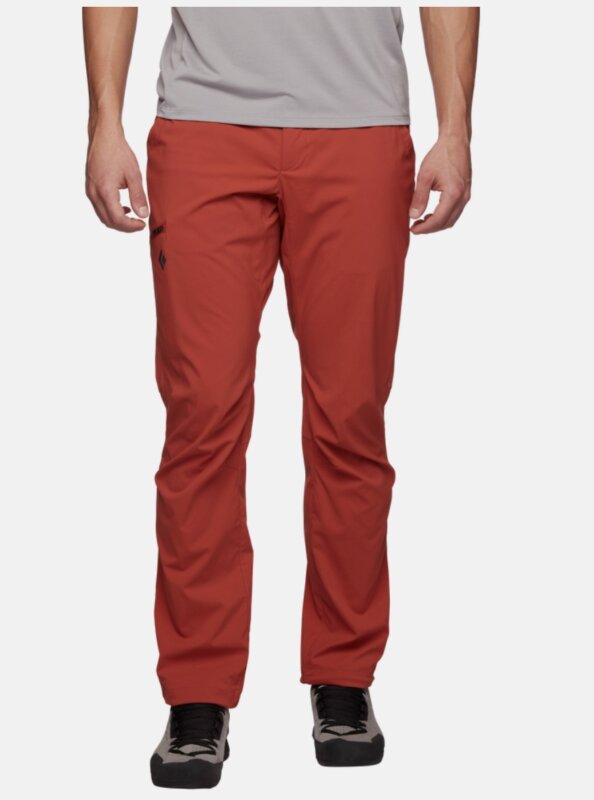 Hiking Pant
Hiking PantLightweight, durable, quick-drying hiking pant that will be your day-to-day pant during the expedition
Men’s Recommended: Black Diamond Technician Alpine Pant
Women’s Recommended: Black Diamond Technician Alpine Pant
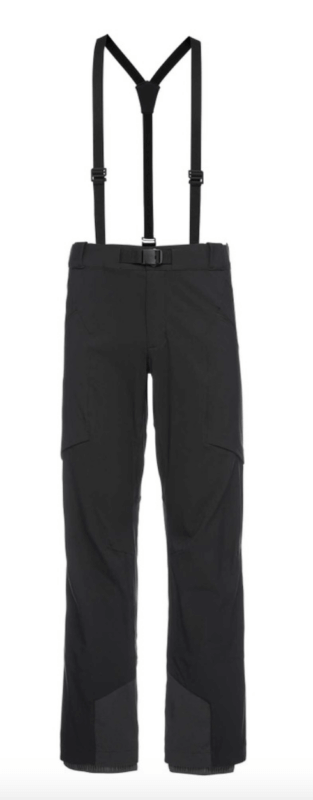 Soft-Shell Alpine Pant
Soft-Shell Alpine PantYou will spend most of your days in these pants. Choose Schoeller® or a soft-shell equivalent. Breathable + water-resistant.
Men’s Recommended: Black Diamond Men’s Dawn Patrol Pants
Women’s Recommended: Black Diamond Women’s Dawn Patrol Pants
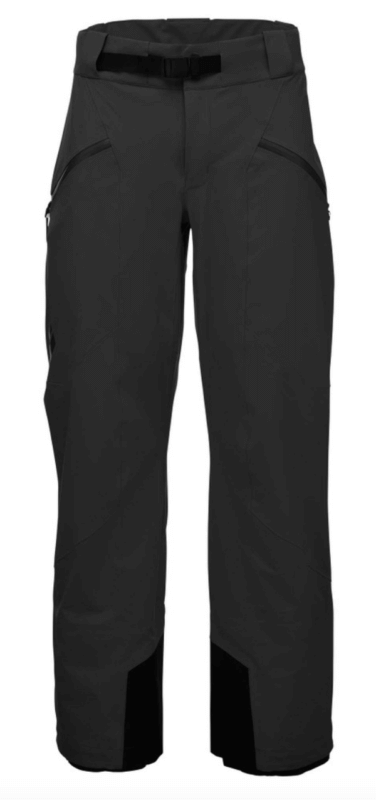 Hard Shell Climbing Pant
Hard Shell Climbing PantYour waterproof bottom layer for extreme weather days. Make sure you have water-resistant zippers, crampon patches + good pockets.
Recommended Men’s: Black Diamond Men’s Recon Stretch Pants
Recommended Women’s: Black Diamond Women’s Recon Stretch Pants
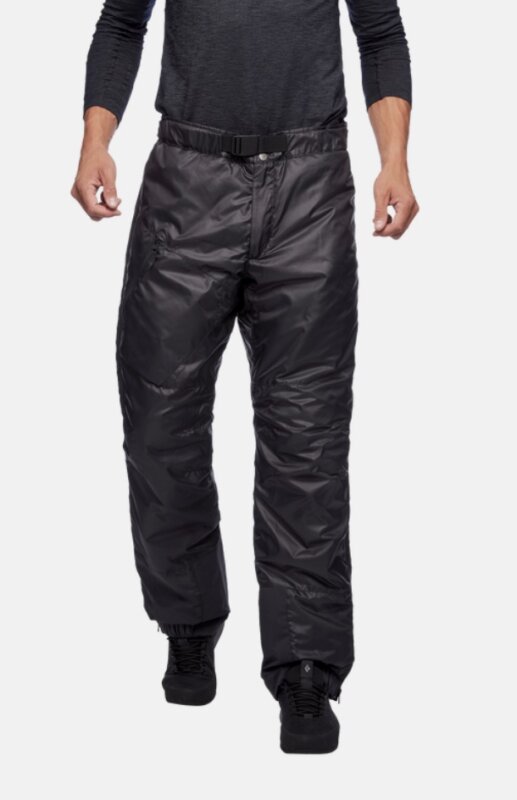 Insulated Pant
Insulated PantFull-length side zippers are recommended, for throwing on top of all of your layers.
Recommended: Black Diamond Stance Belay Pants
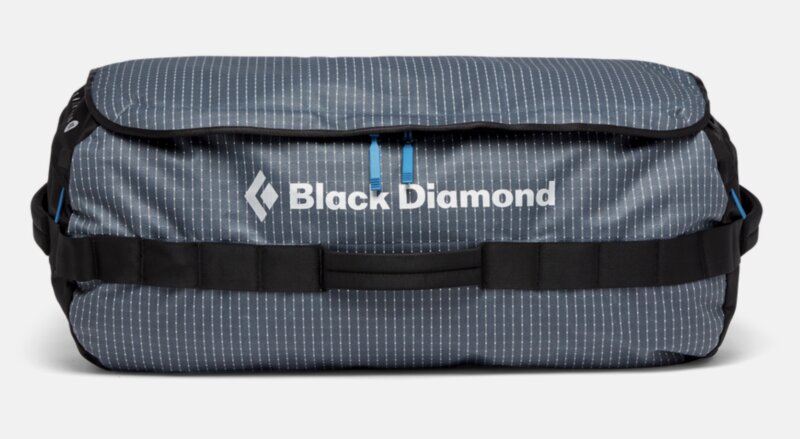 Duffle Bags
Duffle Bags2 Duffle Bags – At least one bag should be extremely durable, waterproof, and big – between 90L and 120L. You should feel comfortable leaving it in a puddle for several hours. Remember dry clothes are hot commodities in the mountains! Large enough to fit everything you own, plus what you anticipate buying. Two duffel bags are necessary to fit all your equipment for travel (we don’t recommend checking your backpack, best is to put all gear and backpack into your duffle). Once in country, you can consolidate your gear into one duffel and your backpack. It’s common to leave the second duffel with city clothes and other non-necessary items behind in a locked and secure location that your guide will arrange for you.
Note: For ski expeditions such as the Ecuador Ring of Fire, you can replace one of these duffle bags with a ski/splitboard bag.
Recommended: Black Diamond Stonehauler 90L
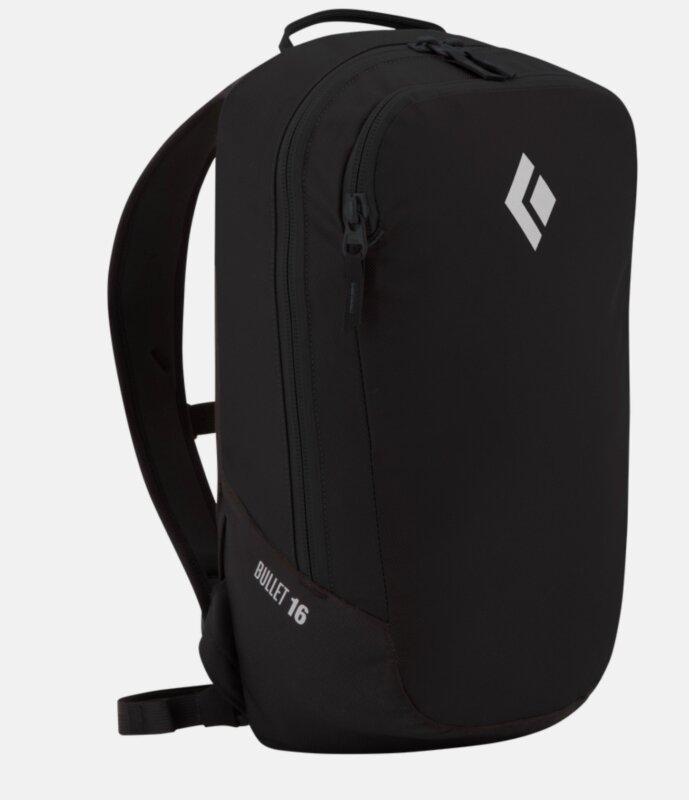 Day Pack
Day PackMid-size pack for city days and trekking. Streamlined, neat and lightweight (10-20 liters).
Recommended: Black Diamond Bullet 16 Pack
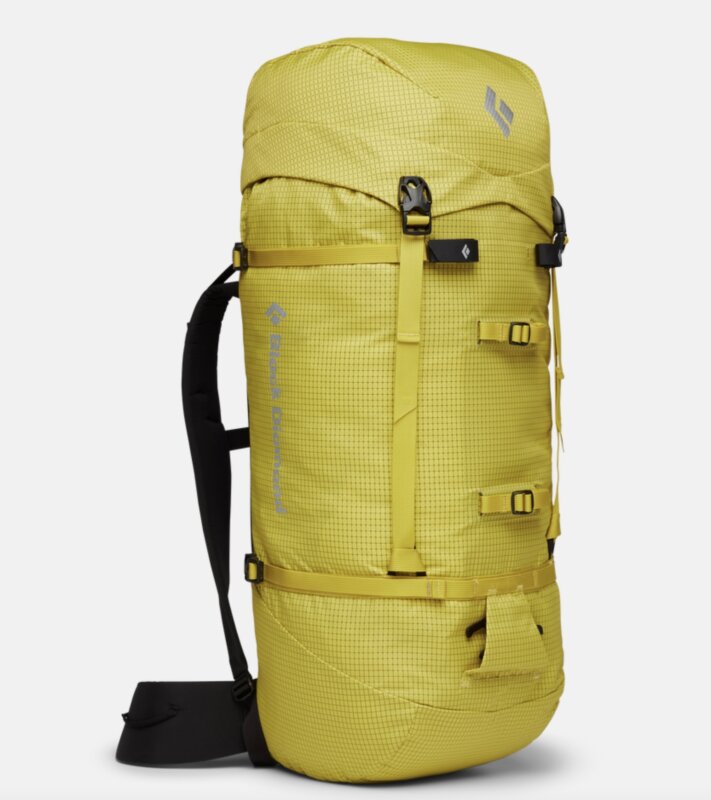 Climbing Pack: 50-60L
Climbing Pack: 50-60LInternal frame pack that is between 50 and 60 liters. Either purchase a matching pack cover, or use garbage bags as liners. Make sure the pack is fitted to YOUR body.
Recommended: Black Diamond Speed 50L Pack
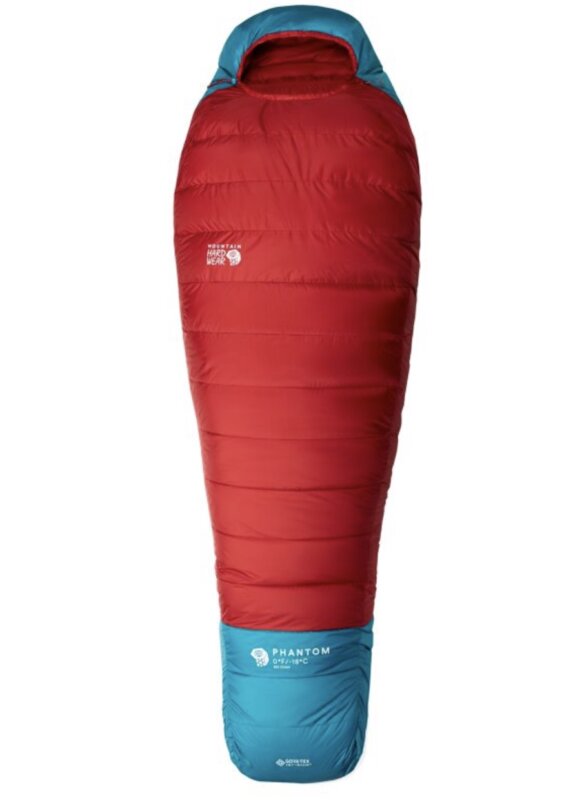 Sleeping Bag (0°F)
Sleeping Bag (0°F)Rated to 0º F. Make certain that the sleeping bag is the right length. DON’T FORGET A COMPRESSION SACK FOR THE SLEEPING BAG. Many climbers also like a silk liner. For the Ecuador Climbing School: If you’re on our 9-Day (non-extension) trip, a 20º F rated bag is ok.
Recommended: Mountain Hardwear Phantom 0°F
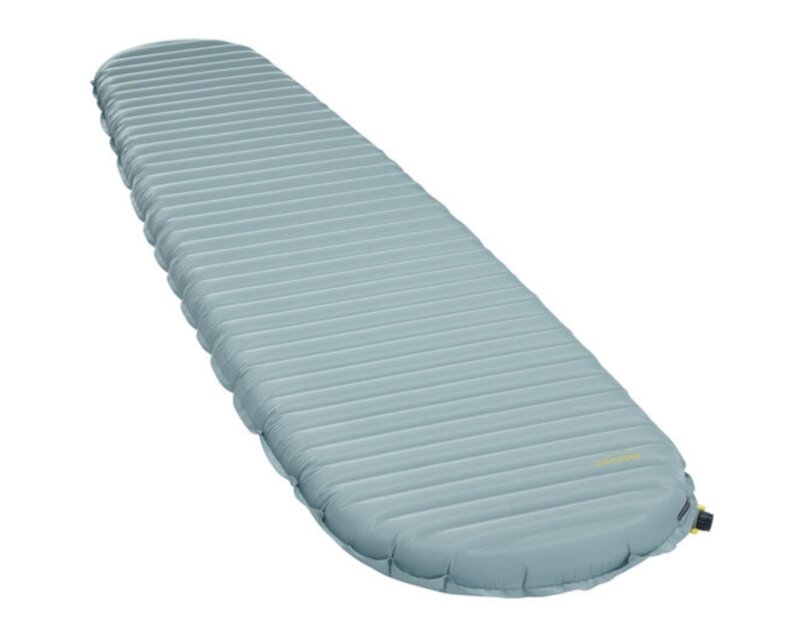 Inflatable Sleeping Pad
Inflatable Sleeping Pad72-inch long inflatable pad required. Make sure you also purchase and bring a repair kit + bag for the sleeping pad.
Recommended: NeoAir Xtherm
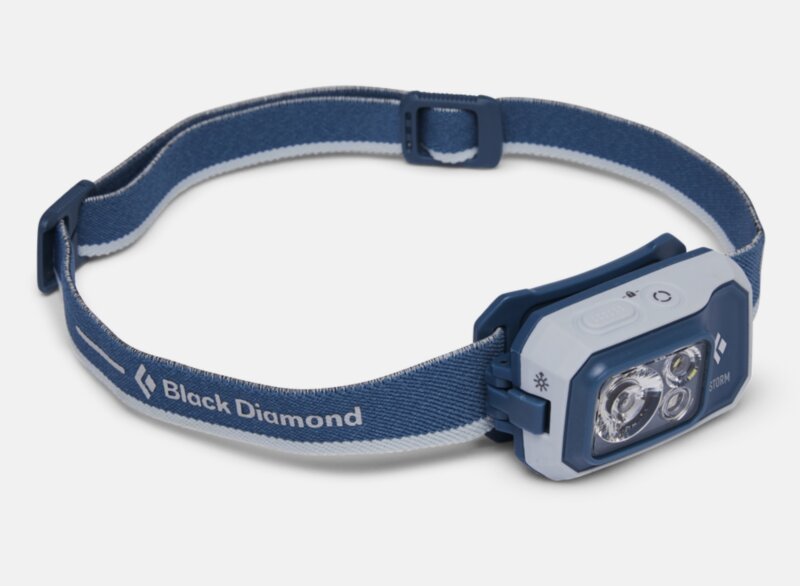 Headlamps
HeadlampsPlease bring two L.E.D. Headlamps. One will be intended as a lightweight backup. L.E.D. headlamps are required. Make sure they have 3+ bulbs. Bring extra batteries. We highly recommend a tilting lamp.
Recommended: Black Diamond Storm 450
Backup Headlamp Recommended: Black Diamond Deploy 325
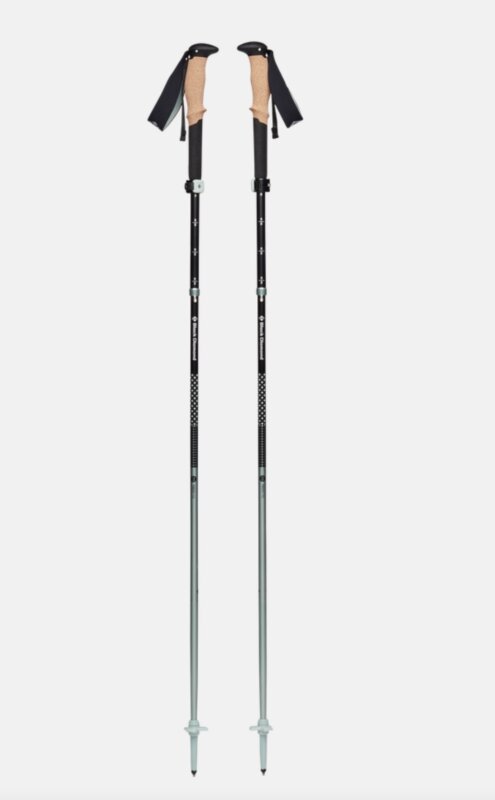 Trekking Poles
Trekking PolesMake sure that they are durable, lightweight + easily adjustable.
Recommended: Black Diamond Pursuit FLZ Trekking Poles
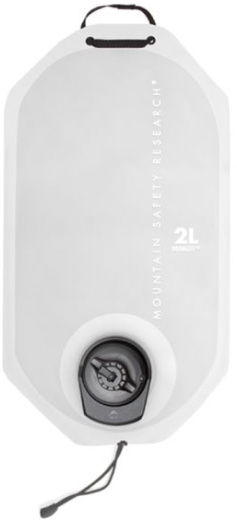 Hydration System
Hydration SystemShould carry 70-100 ounces. Must be durable and have a reliable closure system. Recommended: MSR Dromlite 2L with Hydration Tube
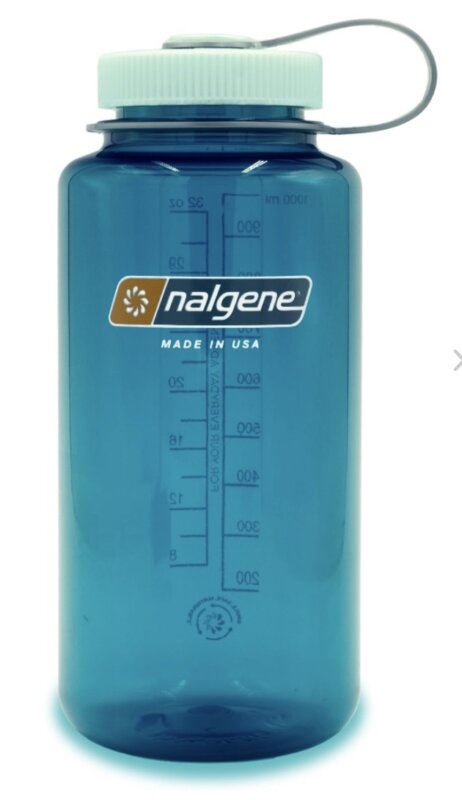 Two 1L Nalgene Bottles
Two 1L Nalgene BottlesTwo 1 Liter Wide Mouth Nalgene bottles.
Recommended: Nalgene 1 L wide mouth
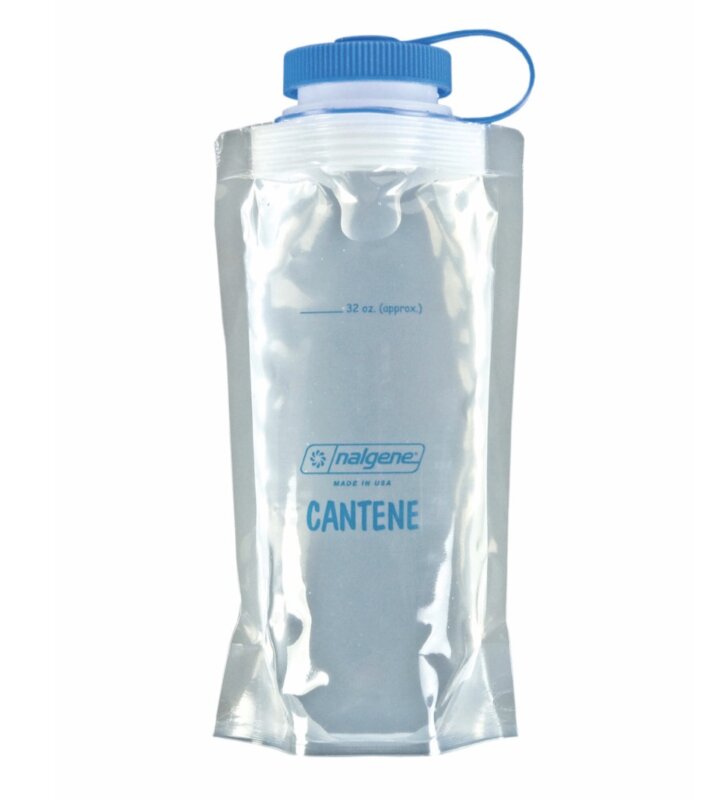 Compressible 1-1.5L Bottle
Compressible 1-1.5L BottleWide mouth compressible 1-1.5 liter bottle. Optional but strongly recommended. Often used as a designated pee bottle.
Recommended: Nalgene Flexible Cantene
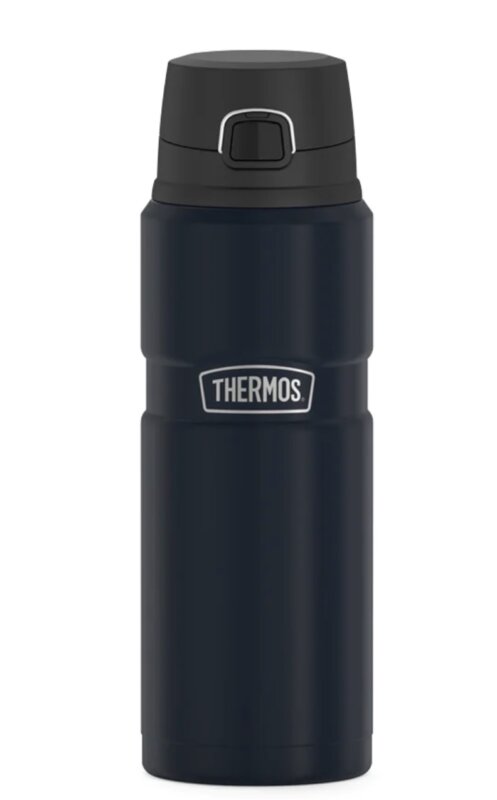 Thermos
ThermosA fully insulated thermos is optional but recommended for warm drinks that help with comfort, hydration, and safety on cold days in the mountains.
Recommended: Thermos STAINLESS KING™ DRINK BOTTLE 24OZ
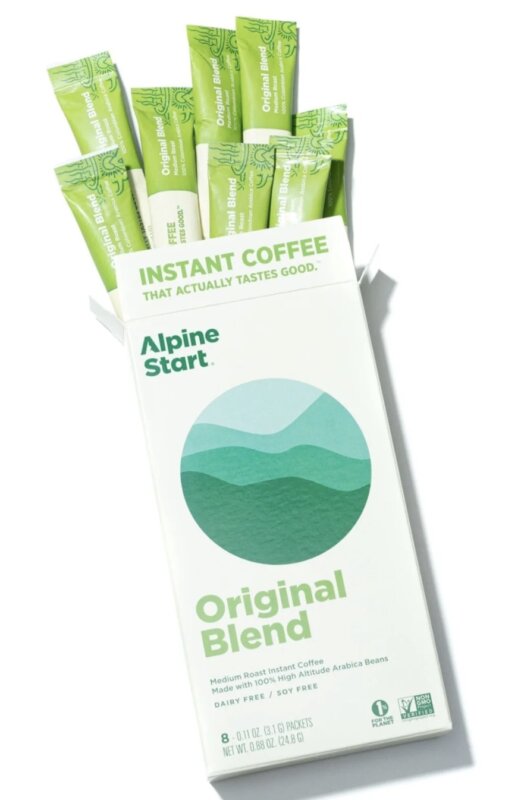 Coffee
CoffeeWhile Alpenglow provides hot drink options every morning, it can be nice to have your own on hand any time you need a boost. With hot water always readily available, having instant coffee packets can give you the energy you need after a long day in the mountains!
Recommended: Alpine Start Original Blend Instant Coffee
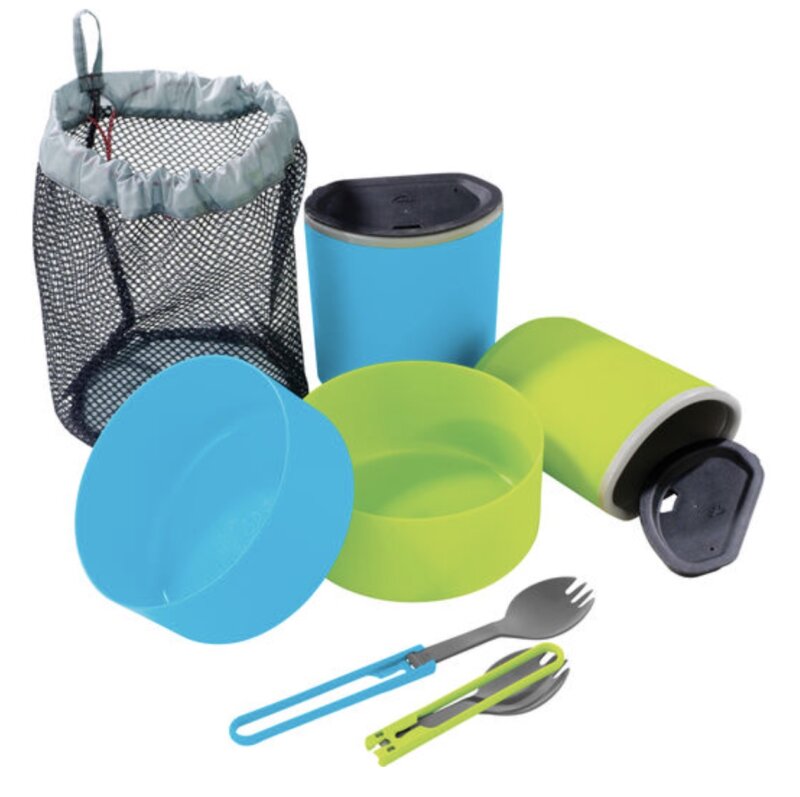 Plastic Bowl, Mug, and Spoon
Plastic Bowl, Mug, and SpoonA lightweight and compact cookware setup. You’ll want a plastic bowl, mug and spoon.
Recommended Kit: MSR 2-Person Mess Kit
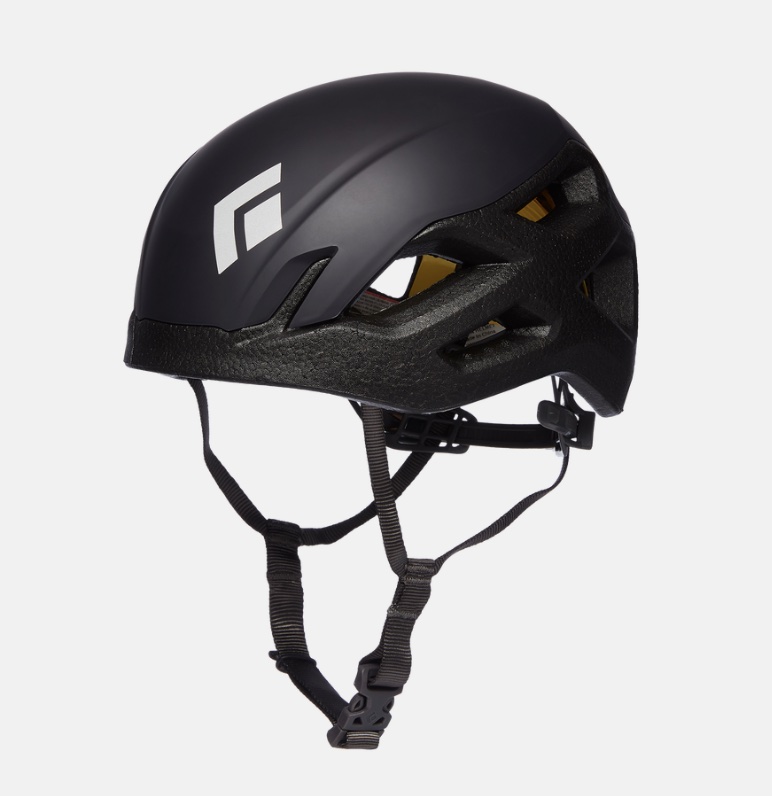 Helmet
HelmetAn easily adjustable lightweight helmet that fits with hat and Balaclava. Make sure this is a climbing-specific helmet. *Climbing helmets are also available to rent (for our introductory climbing courses) at no charge from Alpenglow Expeditions on a first-come, first-serve basis.
Recommended: Black Diamond Vision Helmet – MIPS
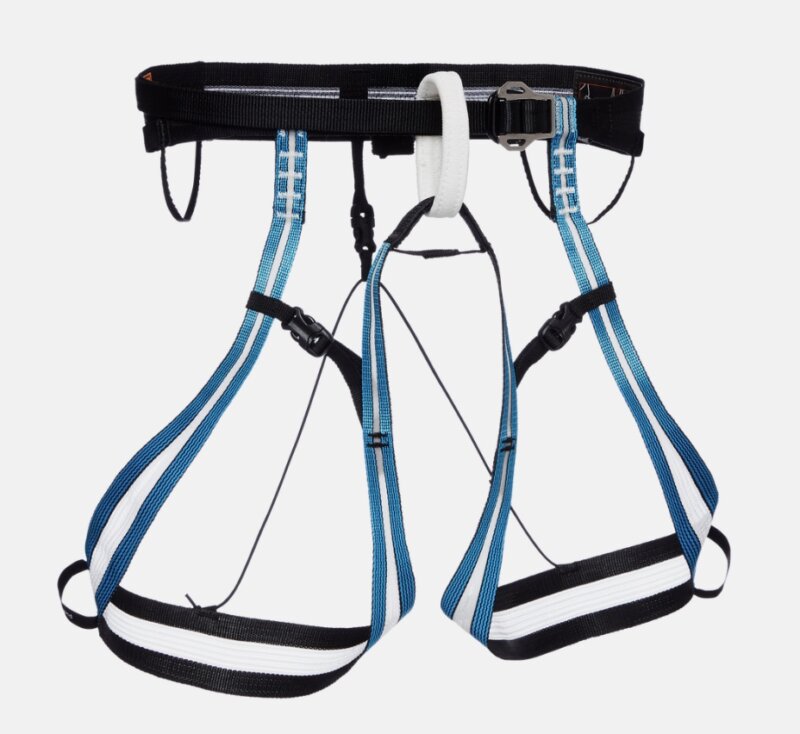 Mountaineering Harness
Mountaineering HarnessMust have belay loop, gear loops and adjustable leg loops so that you can layer up underneath it. Easy to pack, lightweight + comfortable. *Harnesses are also available to rent (for our introductory climbing courses) at no charge from Alpenglow expeditions on a first-come, first-serve basis.
Recommended: Black Diamond Couloir
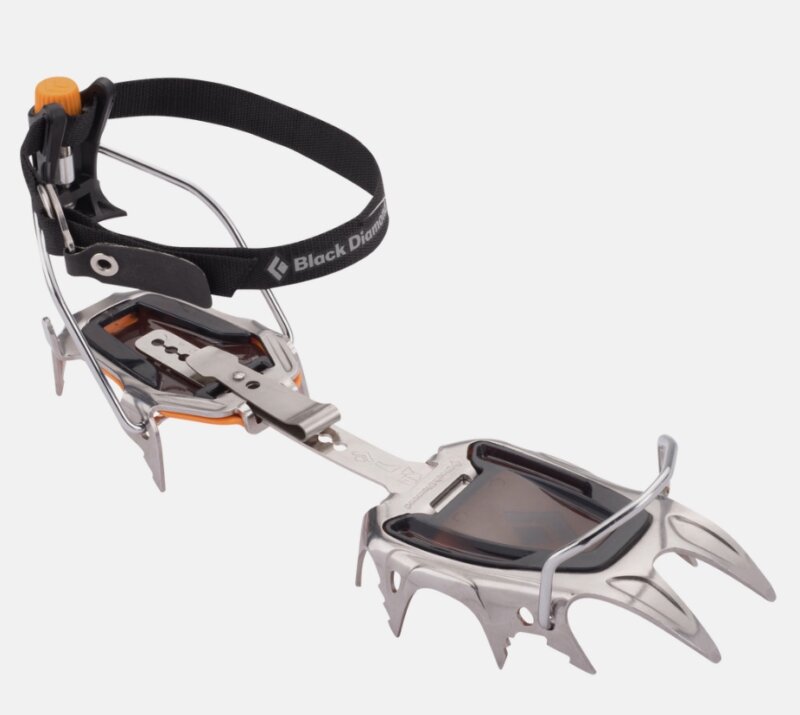 Mountaineering Crampons
Mountaineering CramponsSteel crampons with anti-balling plates are required (so that snow does not build-up in the base of your foot). Make sure that crampons have a heel bail and that they fit snugly on your ski or snowboard boots. Crampons are available to rent (for our introductory climbing courses) at no charge from Alpenglow Expeditions on a first-come, first-serve basis.
Recommended: Black Diamond Sabretooth Crampons
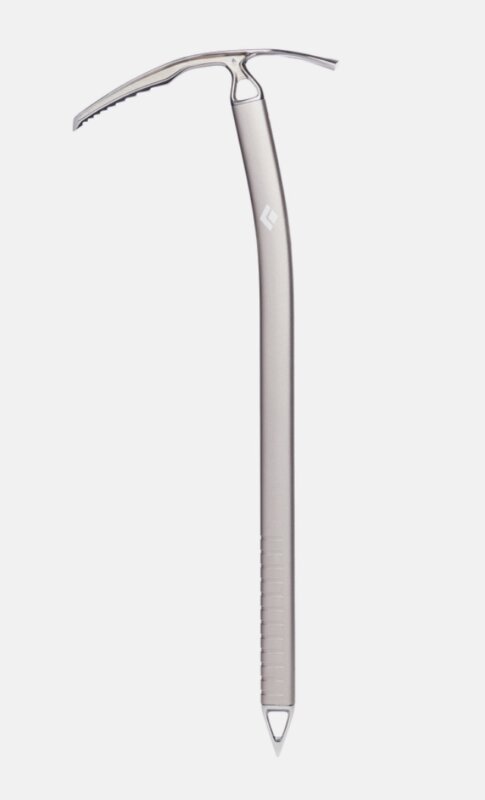 General Mountaineering Axe
General Mountaineering AxeOne non-technical climbing axe. The tool should be approx. 55cm- 65cm long and comfortable to hold. *Ice axes are also available to rent (for our introductory climbing courses) at no charge from Alpenglow expeditions on a first-come, first-serve basis.
Recommended: Black Diamond Raven Pro Ice Axe
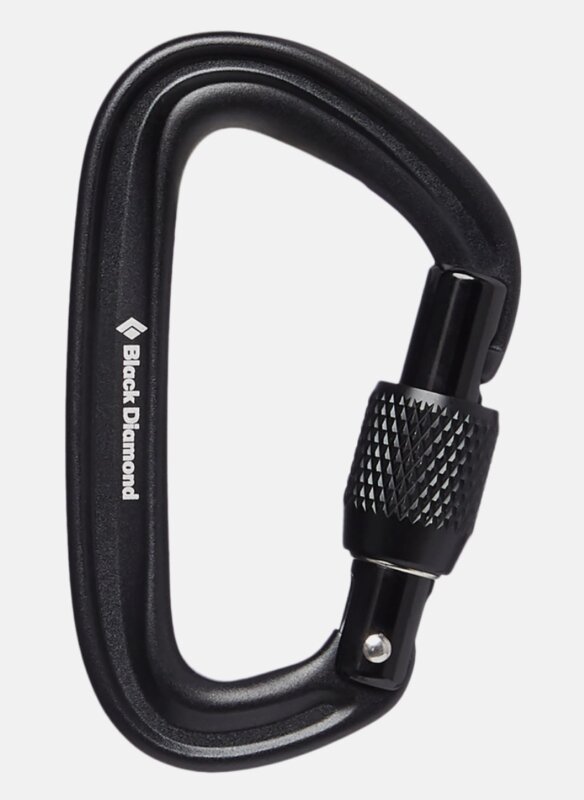 Locking Carabiner (2)
Locking Carabiner (2)Small, lightweight locking carabiners are best.
Recommended: Black Diamond LiteForge Screwgate
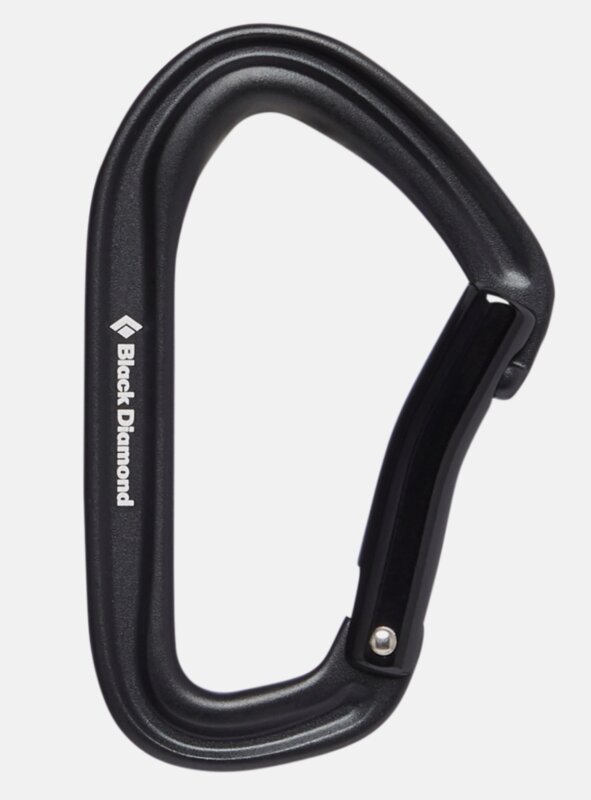 Non-locking Carabiner (2)
Non-locking Carabiner (2)Small, lightweight small carabiners are best, wire-gates are fine.
Recommended: Black diamond HotForge Carabiner
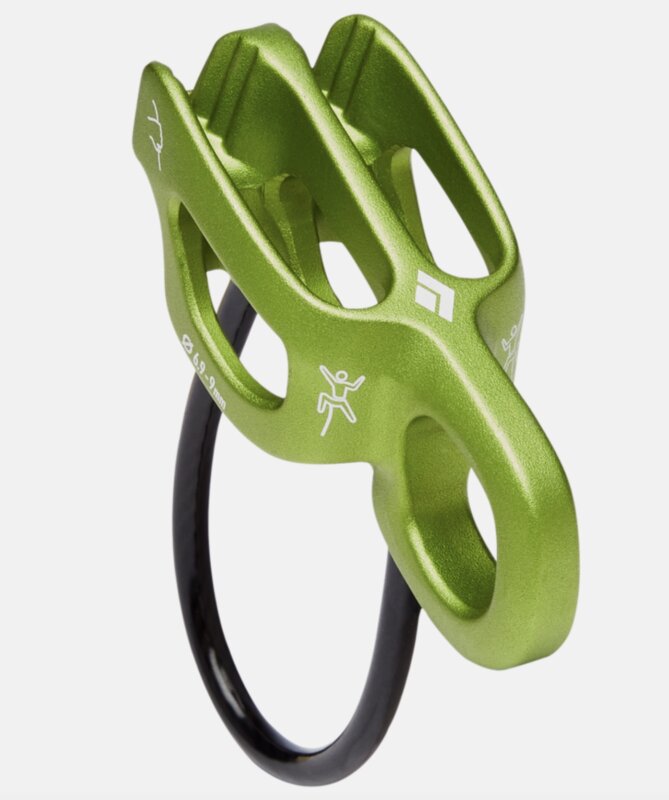 Belay Device
Belay DeviceLight, easy to use + simple. Should have teeth/grooves for skinny ropes.
Recommended: Black Diamond ATC Alpine Belay Device
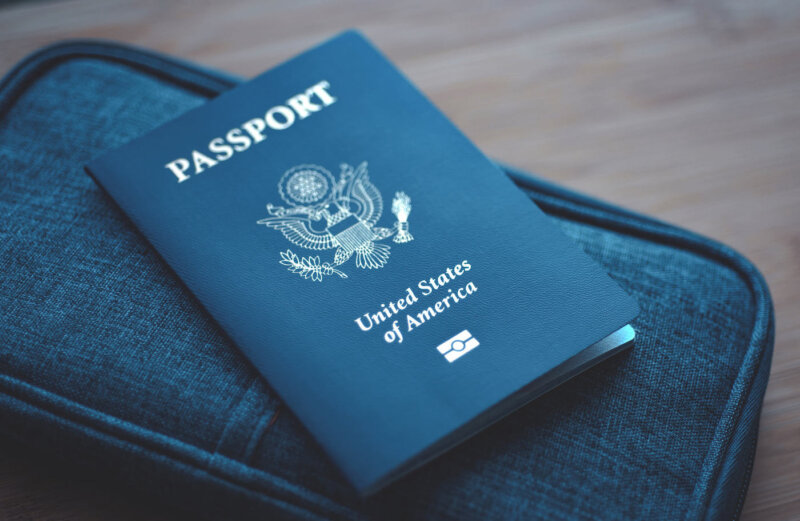 Miscellaneous Items
Miscellaneous Items- Passport (with visa, if necessary)
- 2 luggage locks (TSA compliant)
- Non-cotton underwear
- Wag bags, 1 per night camping as to leave no trace
- Stuffsacks: assorted sizes, for organizing your clothes and gear
- Sunscreen: SPF 30 (or higher)
- Lip balm with SPF 15 (or higher)
- Personal first-aid kit (Band-aids, Ibuprofen, Cough Drops, Moleskin, Pepto-bismol, Imodium, Personal Medications)
- Toiletries
- 3-4lbs of Snack food (a variety of snack food, some whole food, some bars, some gels)
- Hand Warmers
- Face Mask
- Hand Sanitizer
- Knife
- Mountain Face Mask (optional)
- Headphones
- Powerbank (6-10K mAh good for 2-3 phone charges, weighing under 8oz)
Alpenglow is the best
“I’ve been climbing with Alpenglow for over ten years. After my first expedition, I knew I’d found the best team. I feel like I’m a member of the Alpenglow family, and have come to know and love many of their guides, office staff, and programs. Alpenglow is truly the best!”
Evan M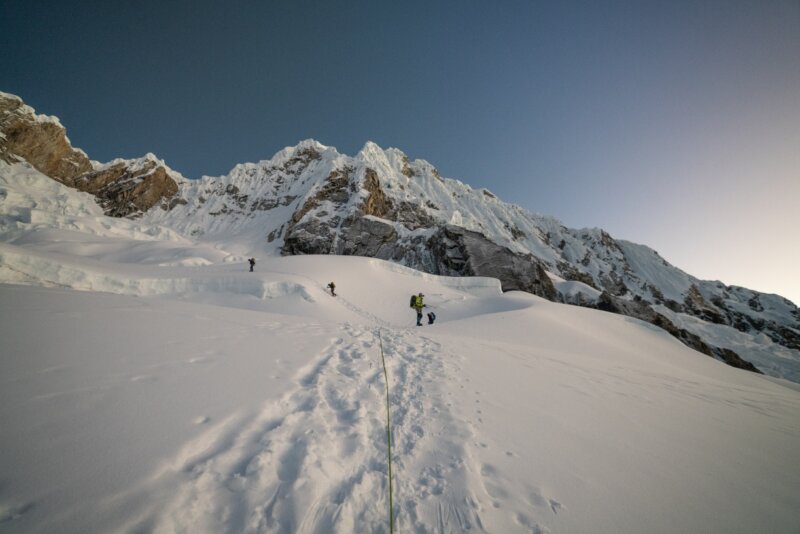
Cotopaxi Stories
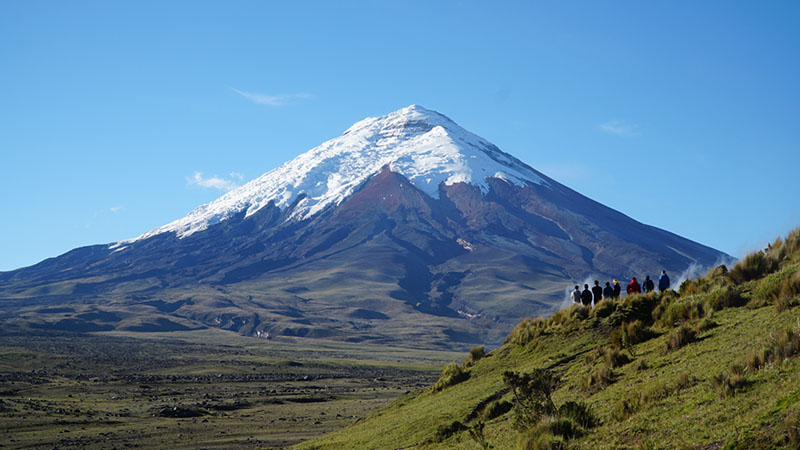
Five Essential Questions for Climbing Cotopaxi
If you’re considering tackling Cotopaxi, you likely have some burning questions. Fear not! We’ve compiled the top five questions about climbing Cotopaxi from Google and provided comprehensive answers to ensure you’re well-prepared for your expedition.Read the story
- 32.653179° S, 70.010868° W Learn More
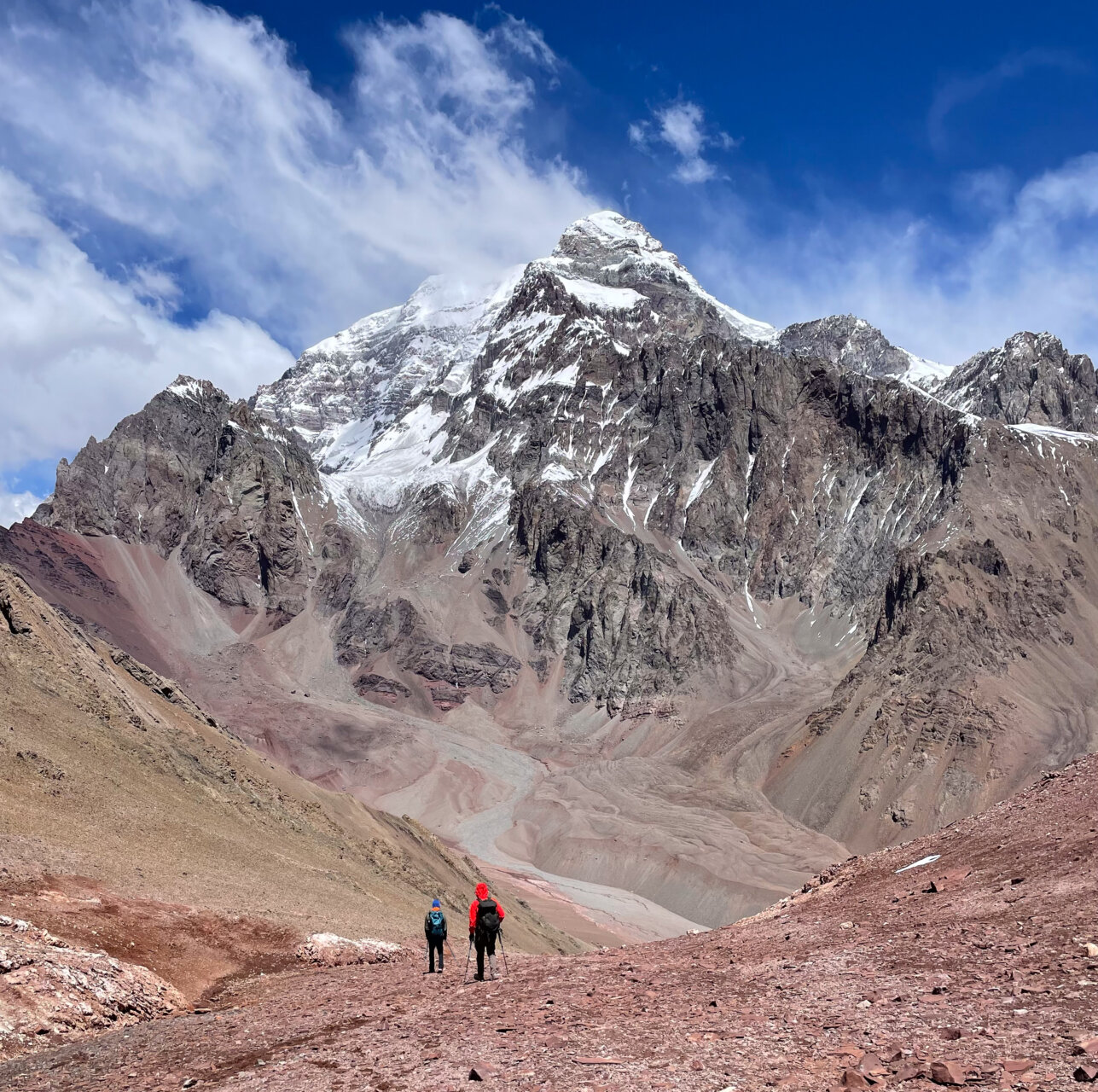
- 39.34° N, 72.88° E Learn More
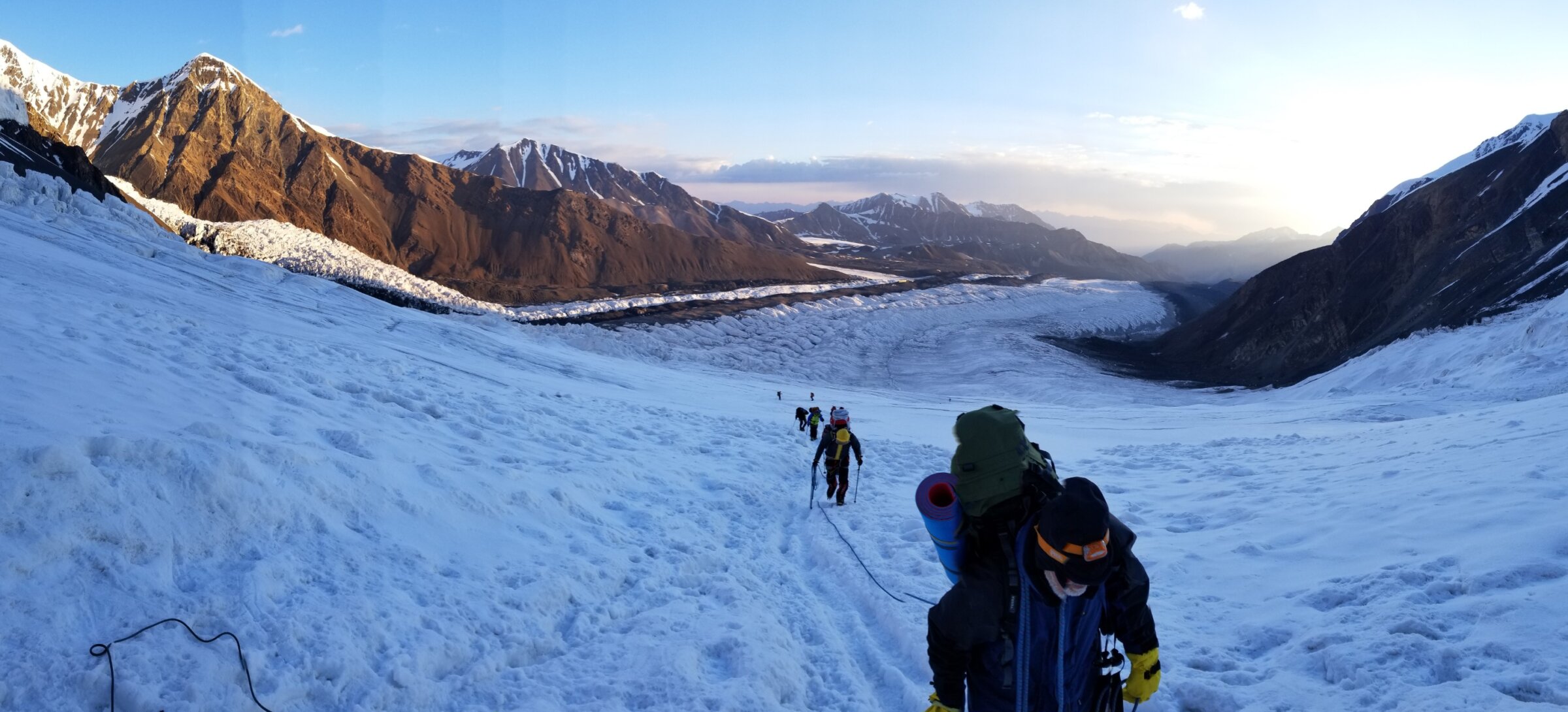
- Learn More
Mountains Of Bolivia Expedition
Intermediate Next Available
Jul 20, 2024 – Aug 04, 2024 16 Days Bolivia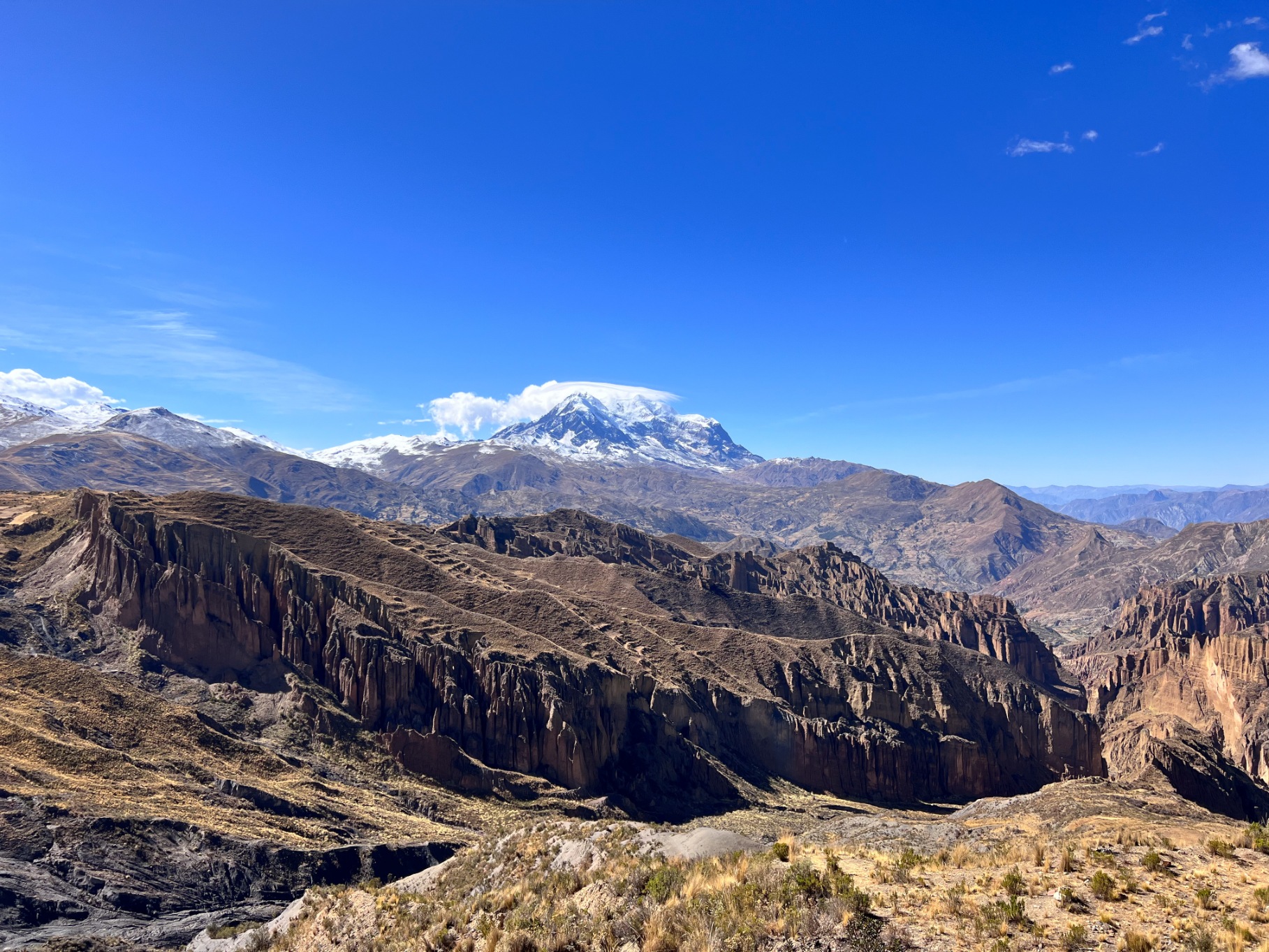
- Learn More
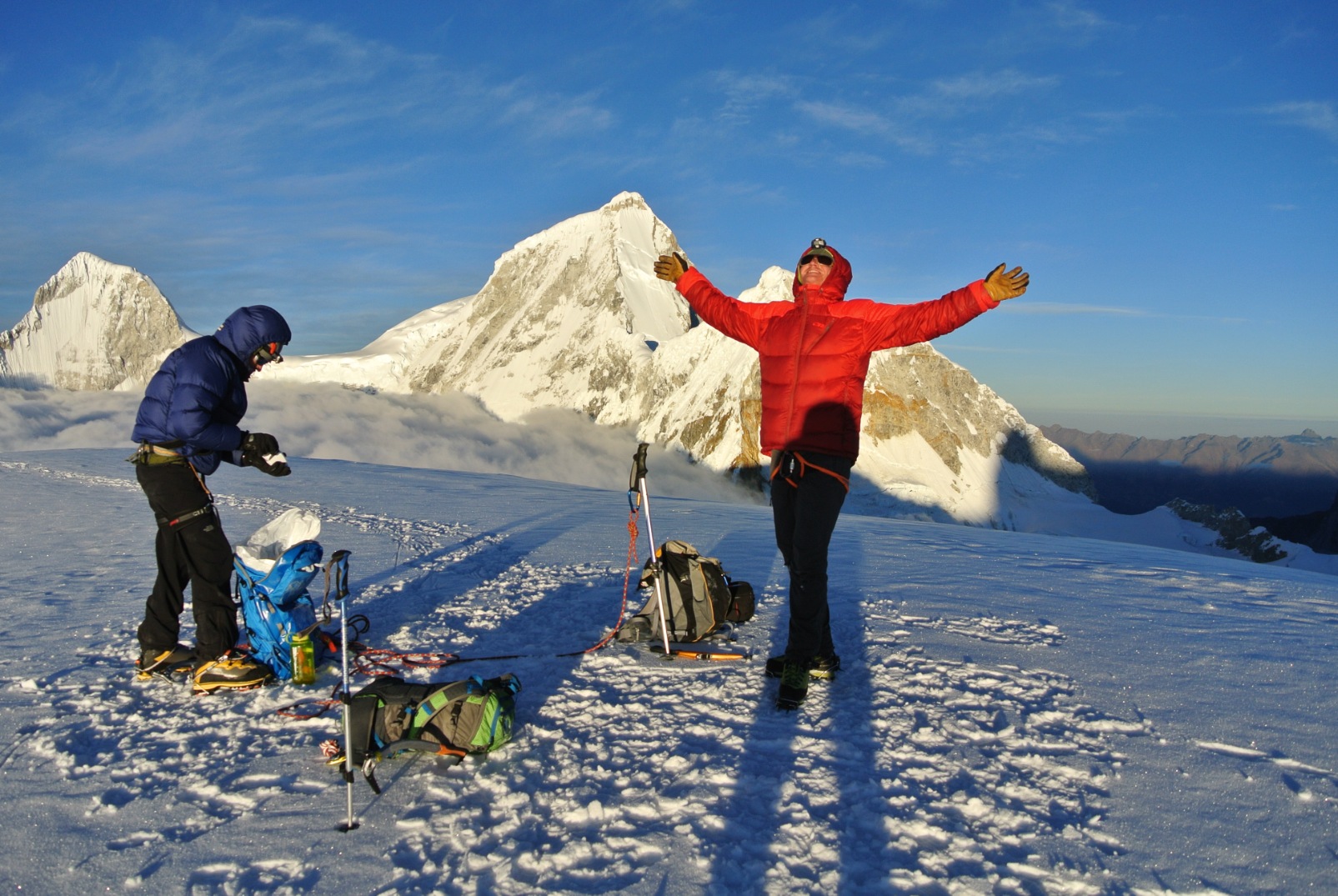
- Learn More
Kilimanjaro Expedition
Introductory Next Available
Jun 09, 2024 – Jun 17, 2024 9 Day Climb, 3 Day Extension Tanzania